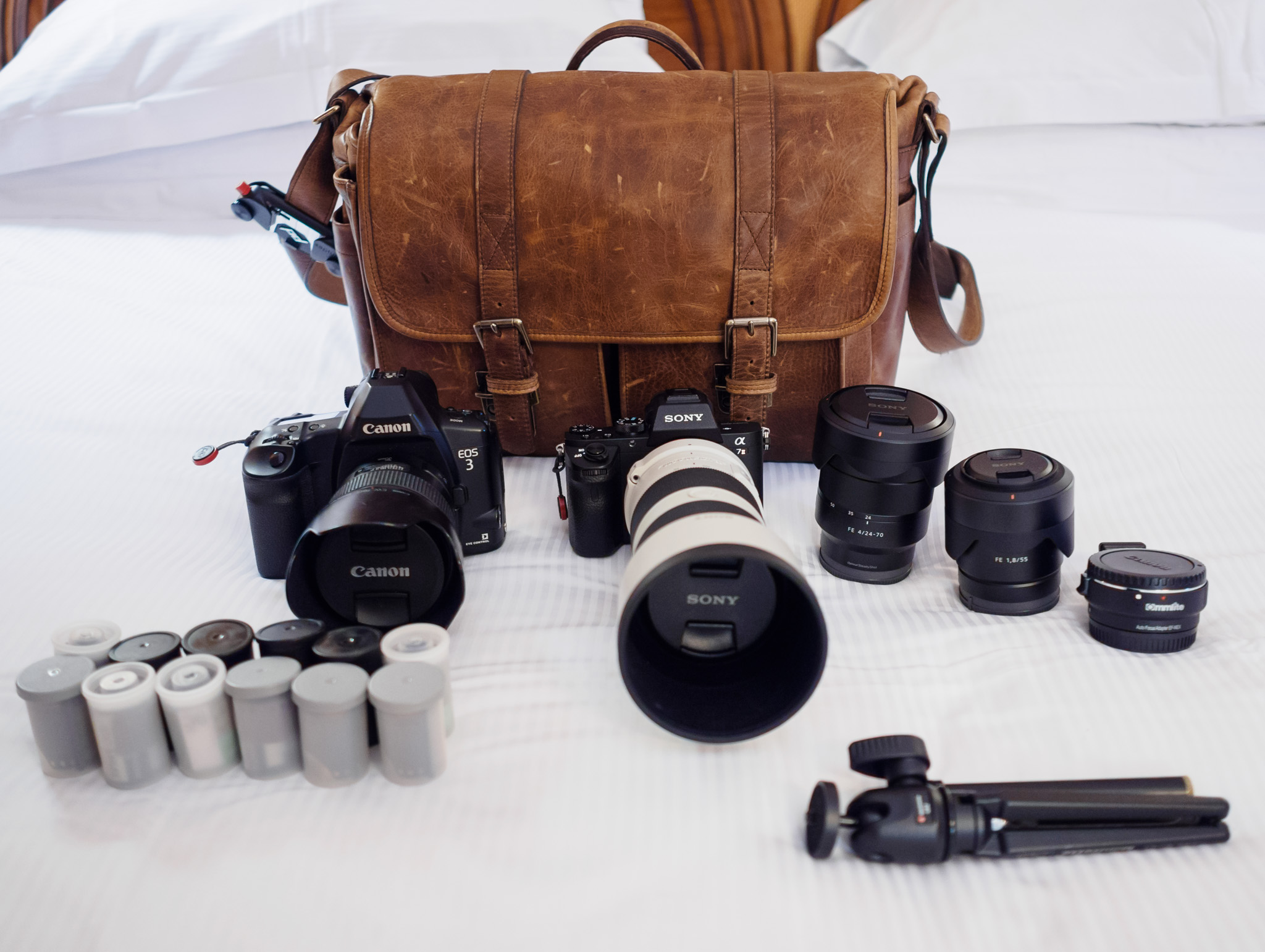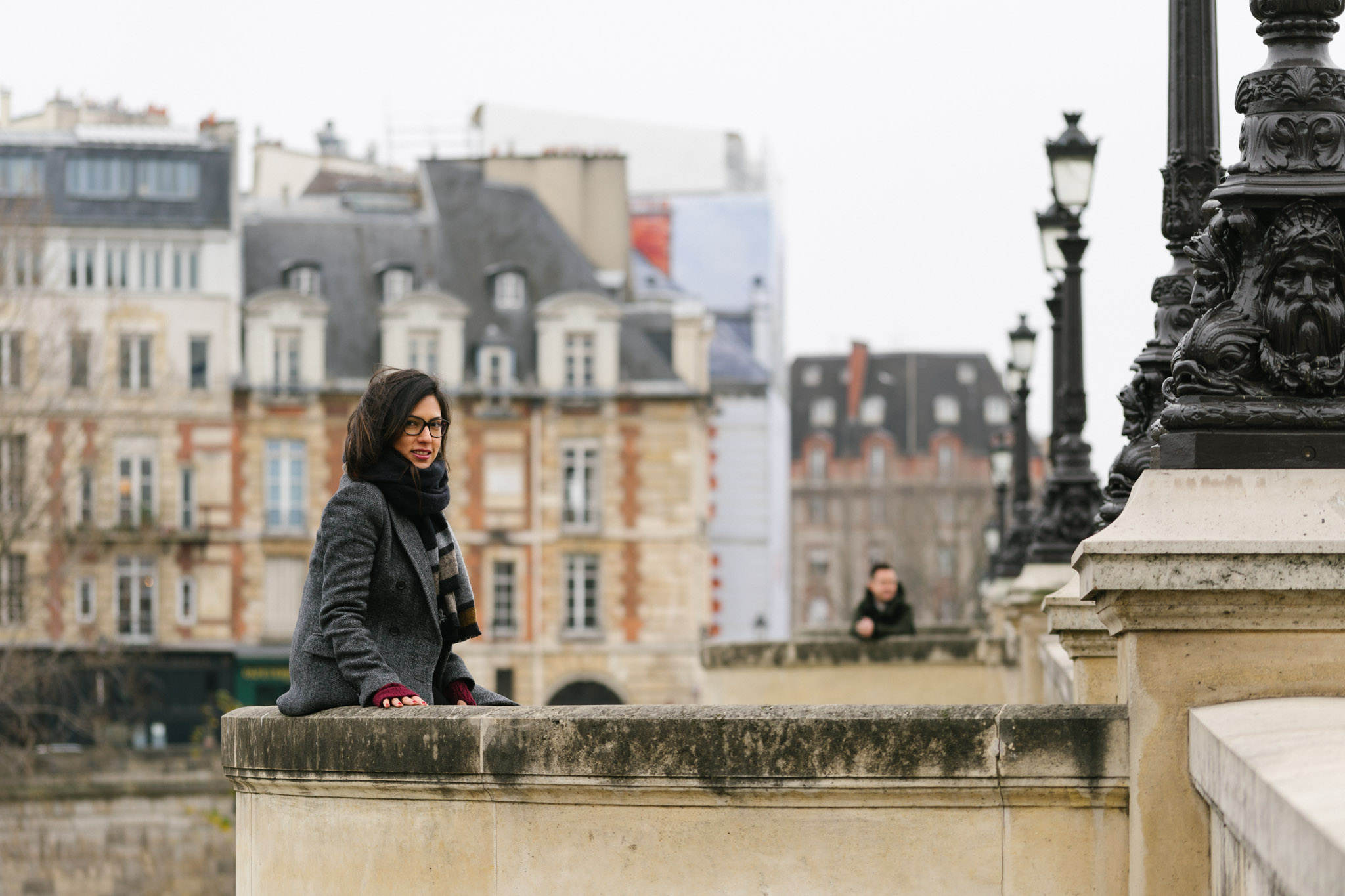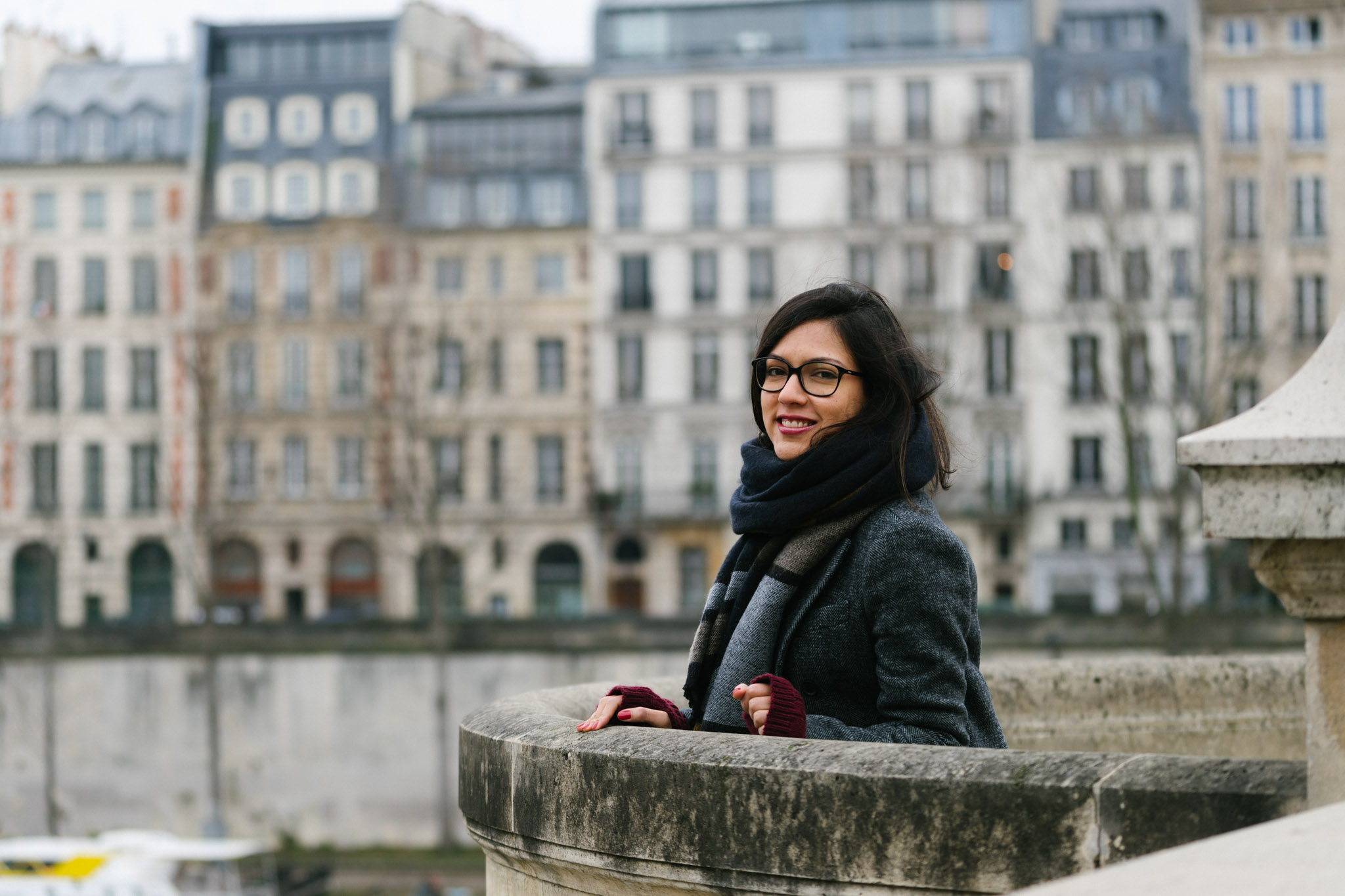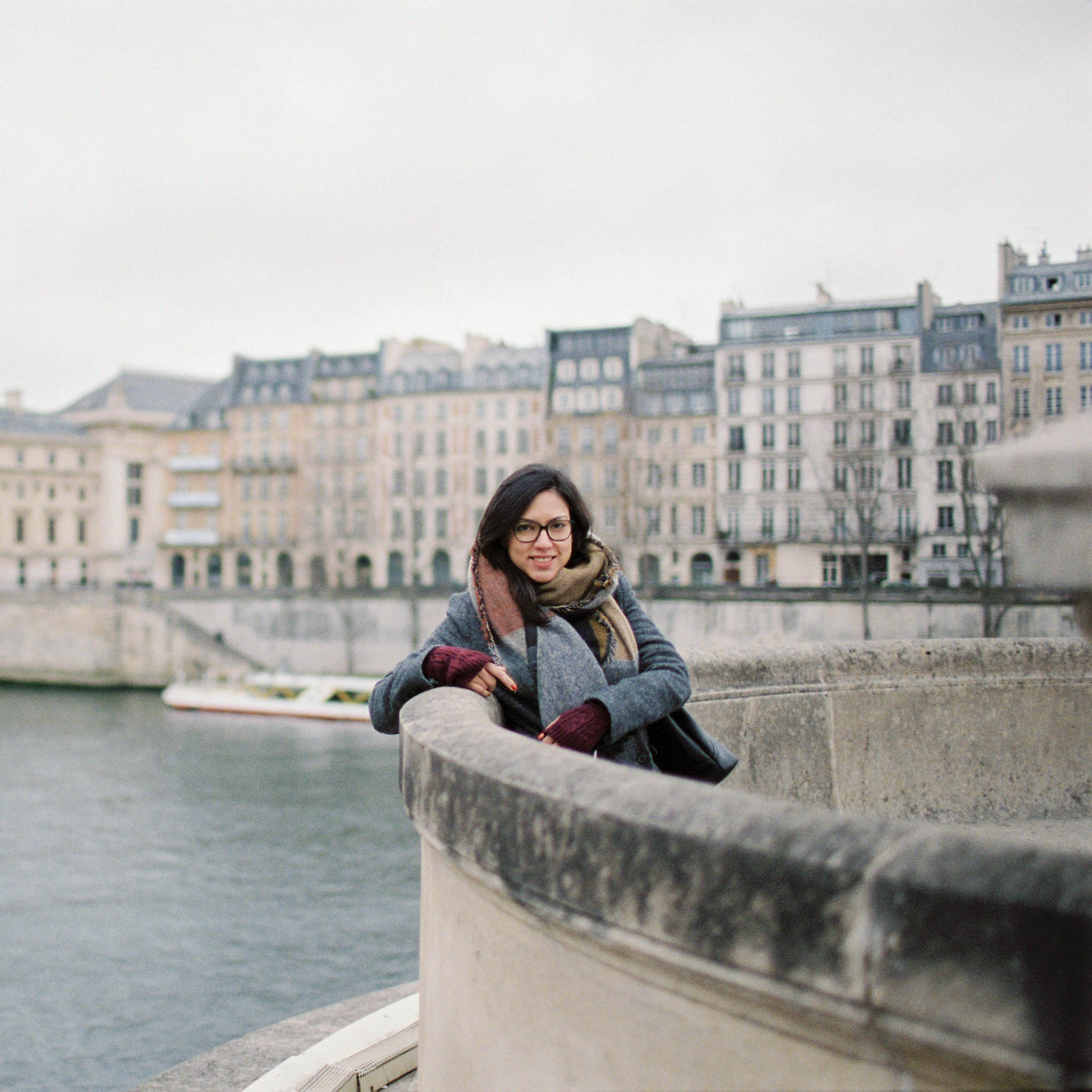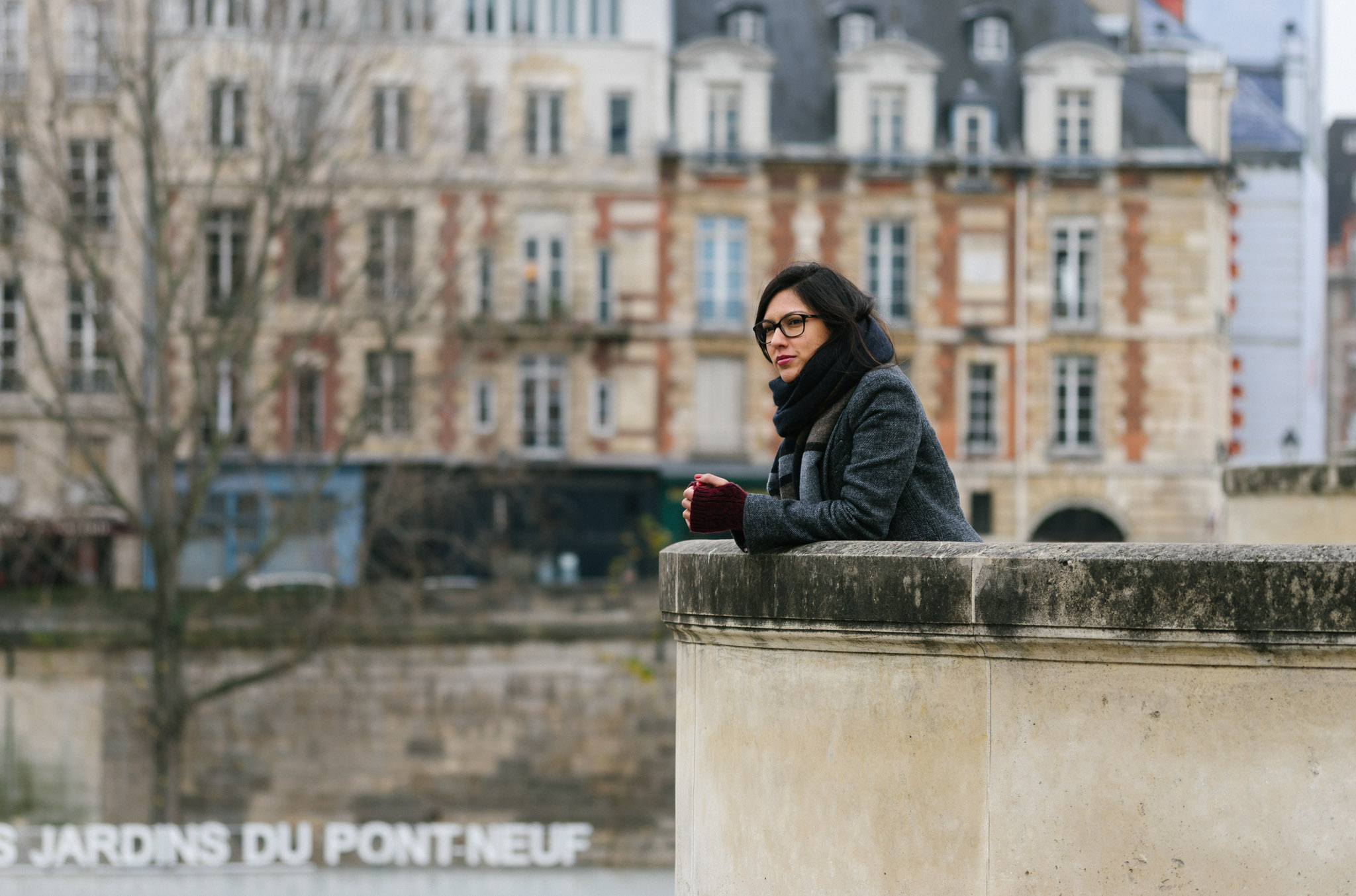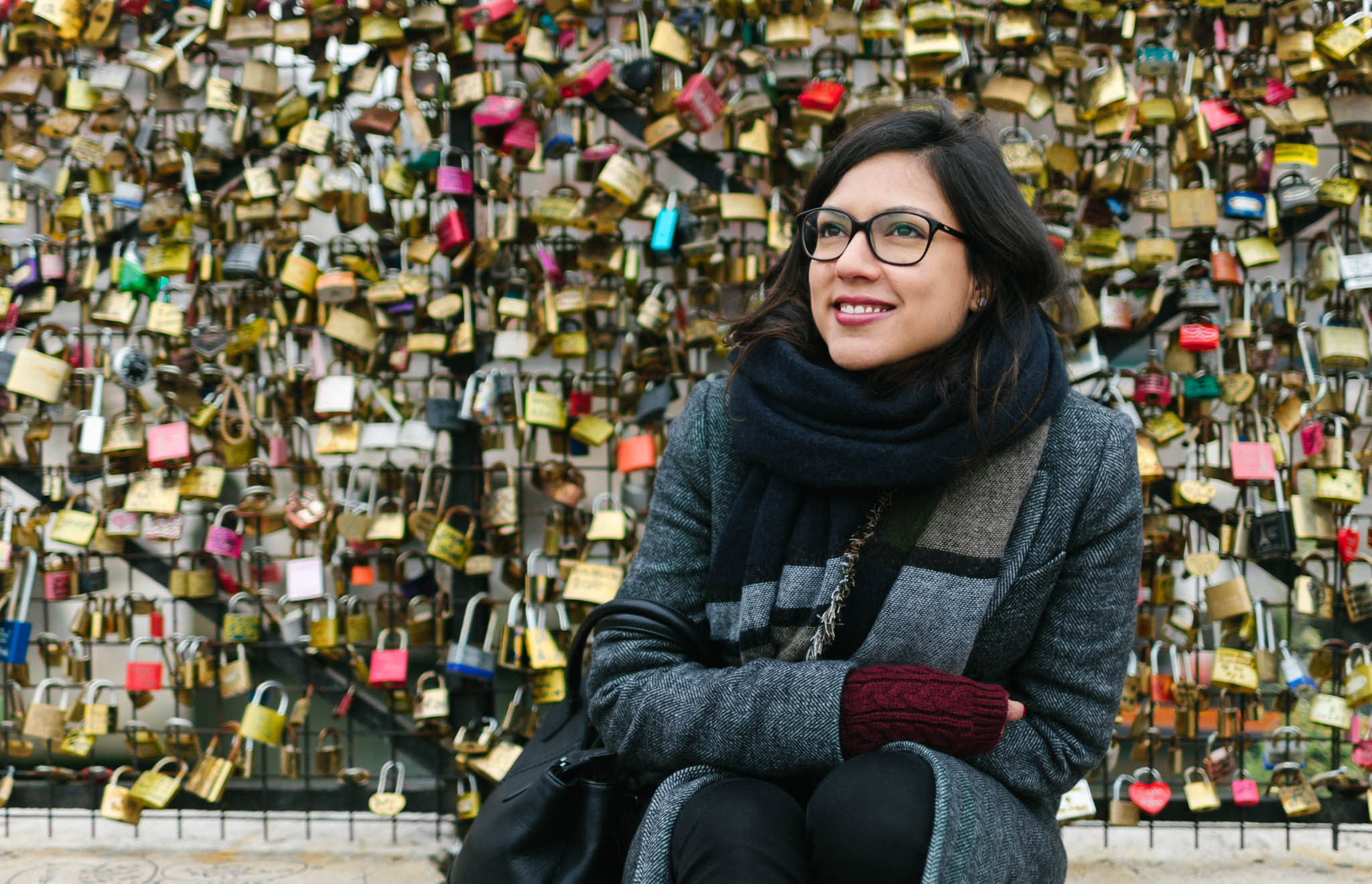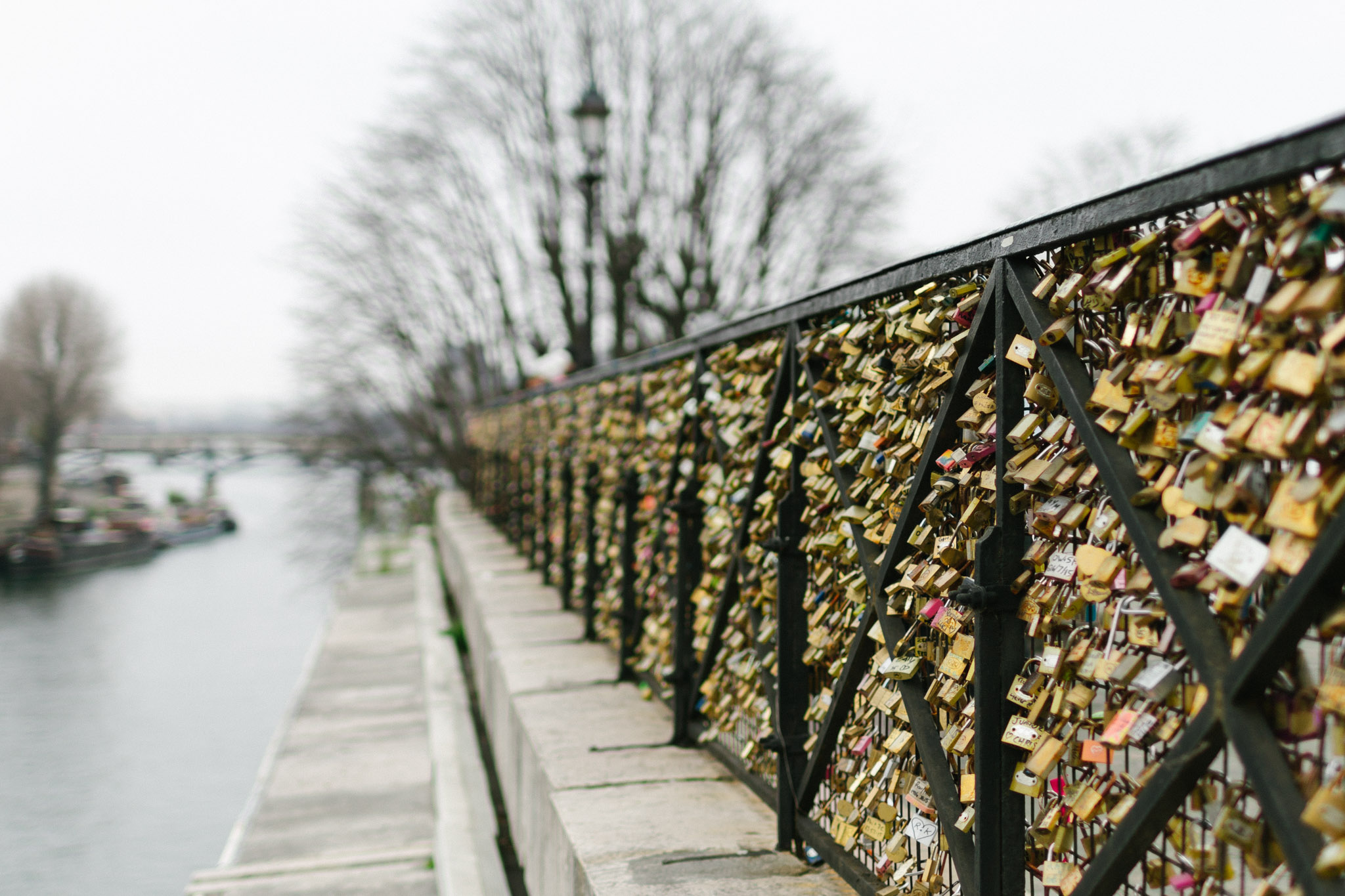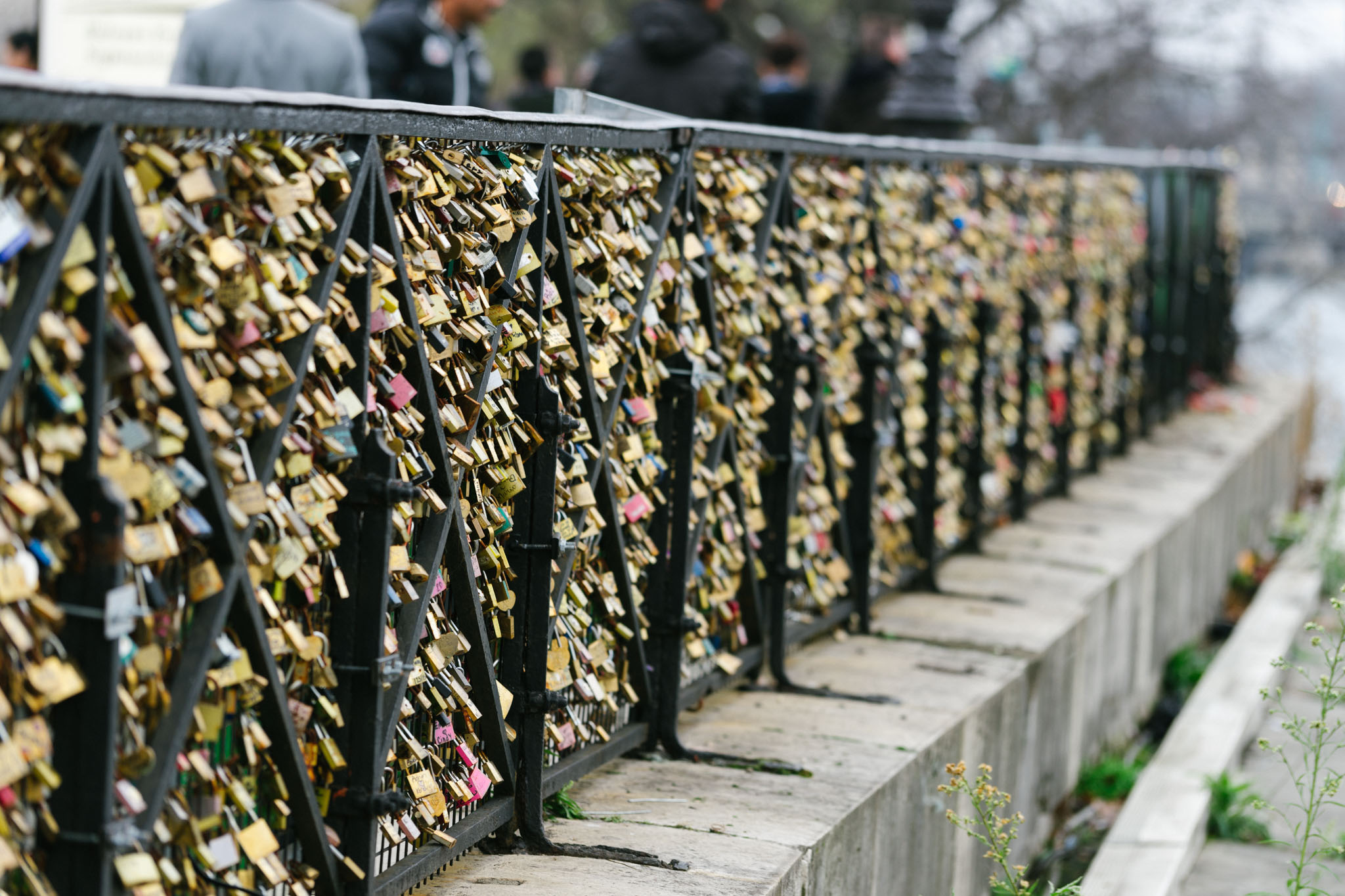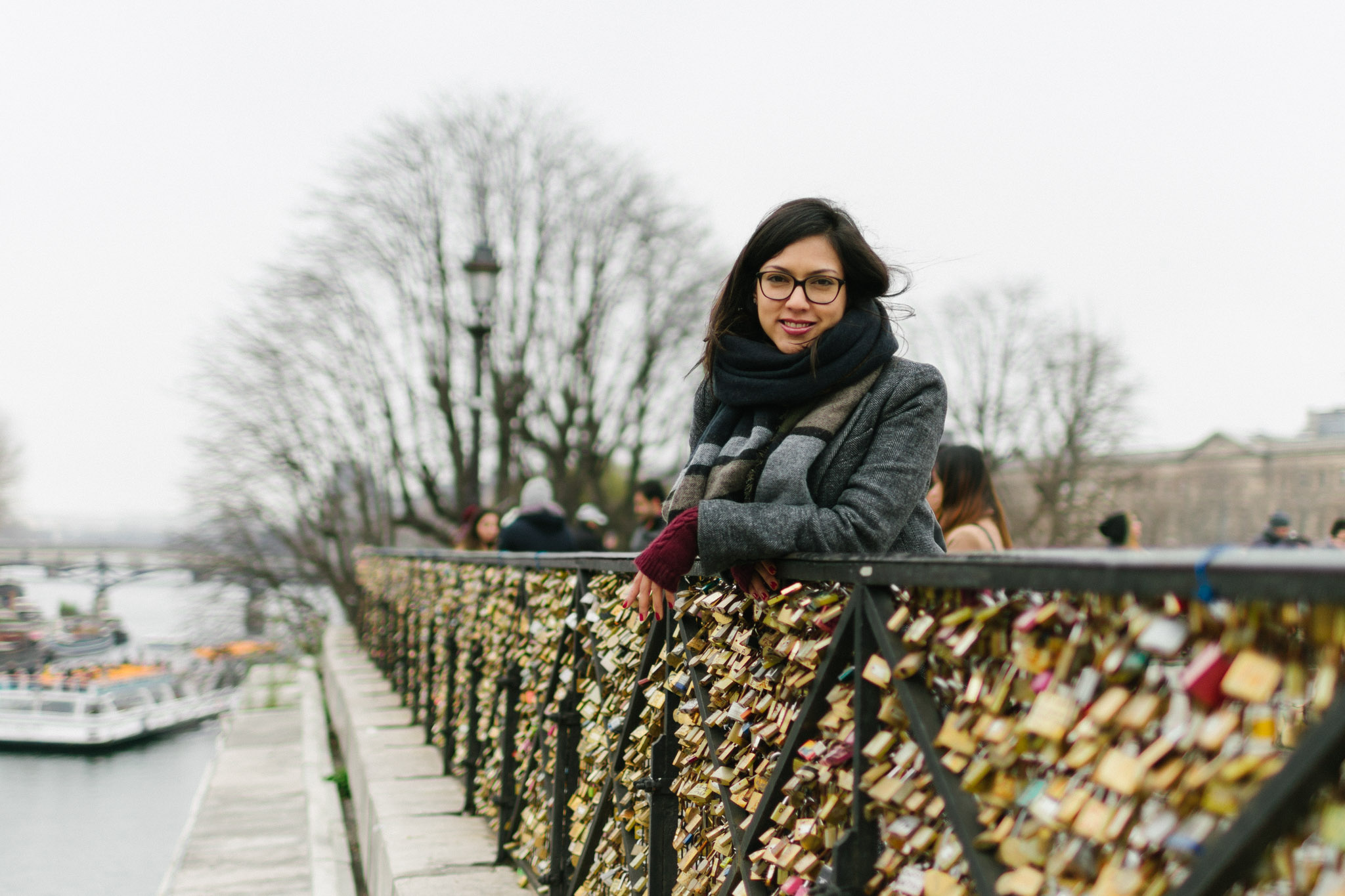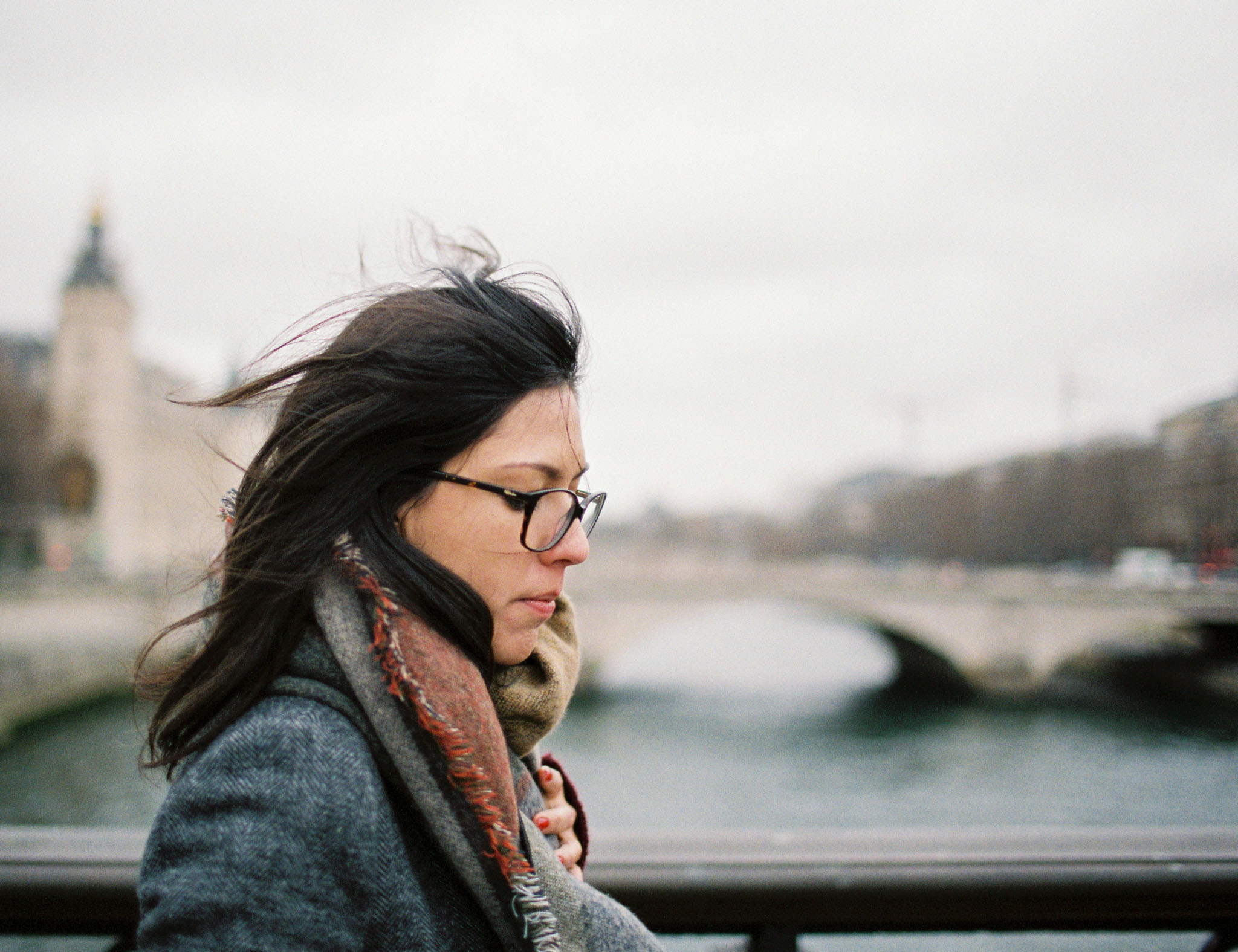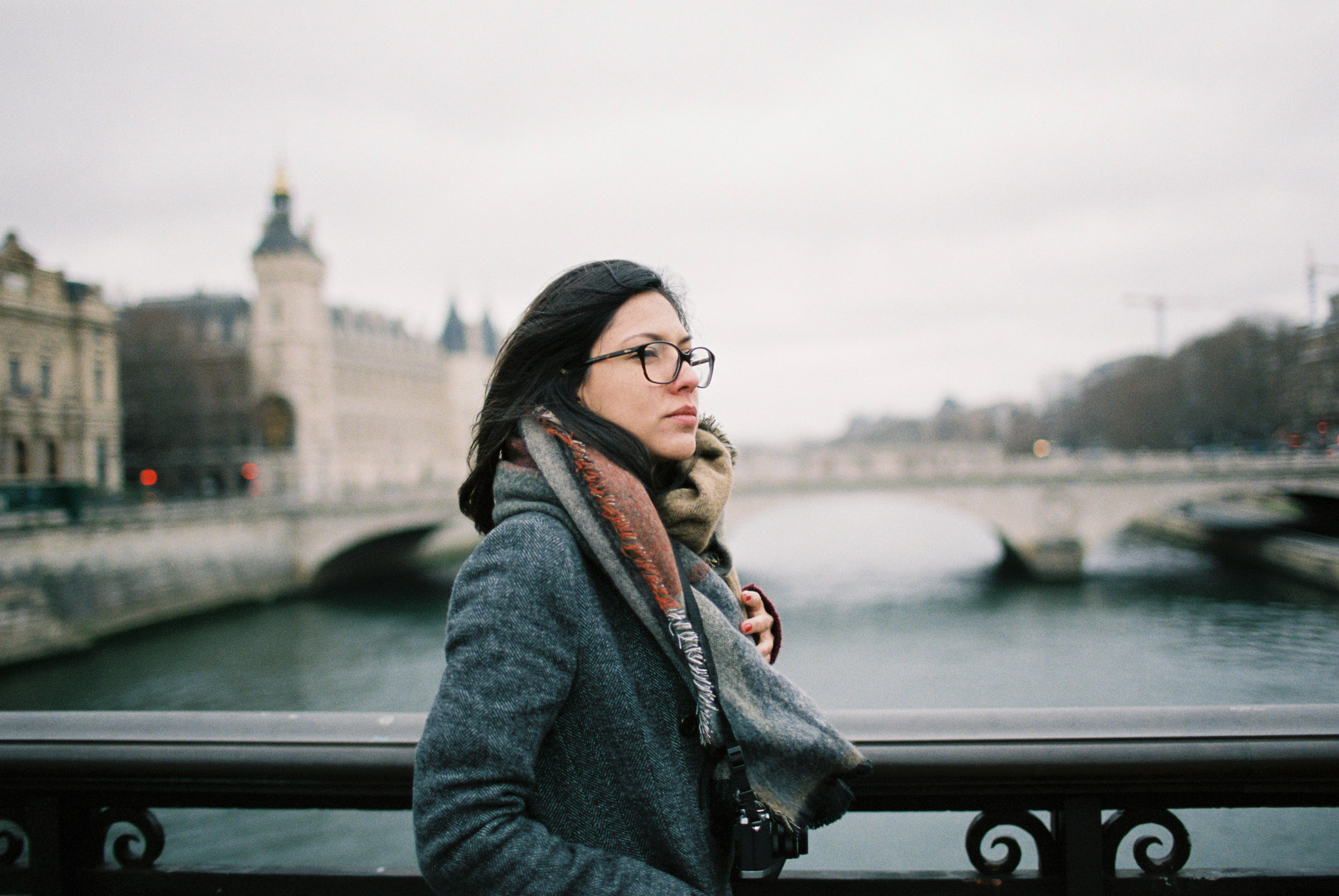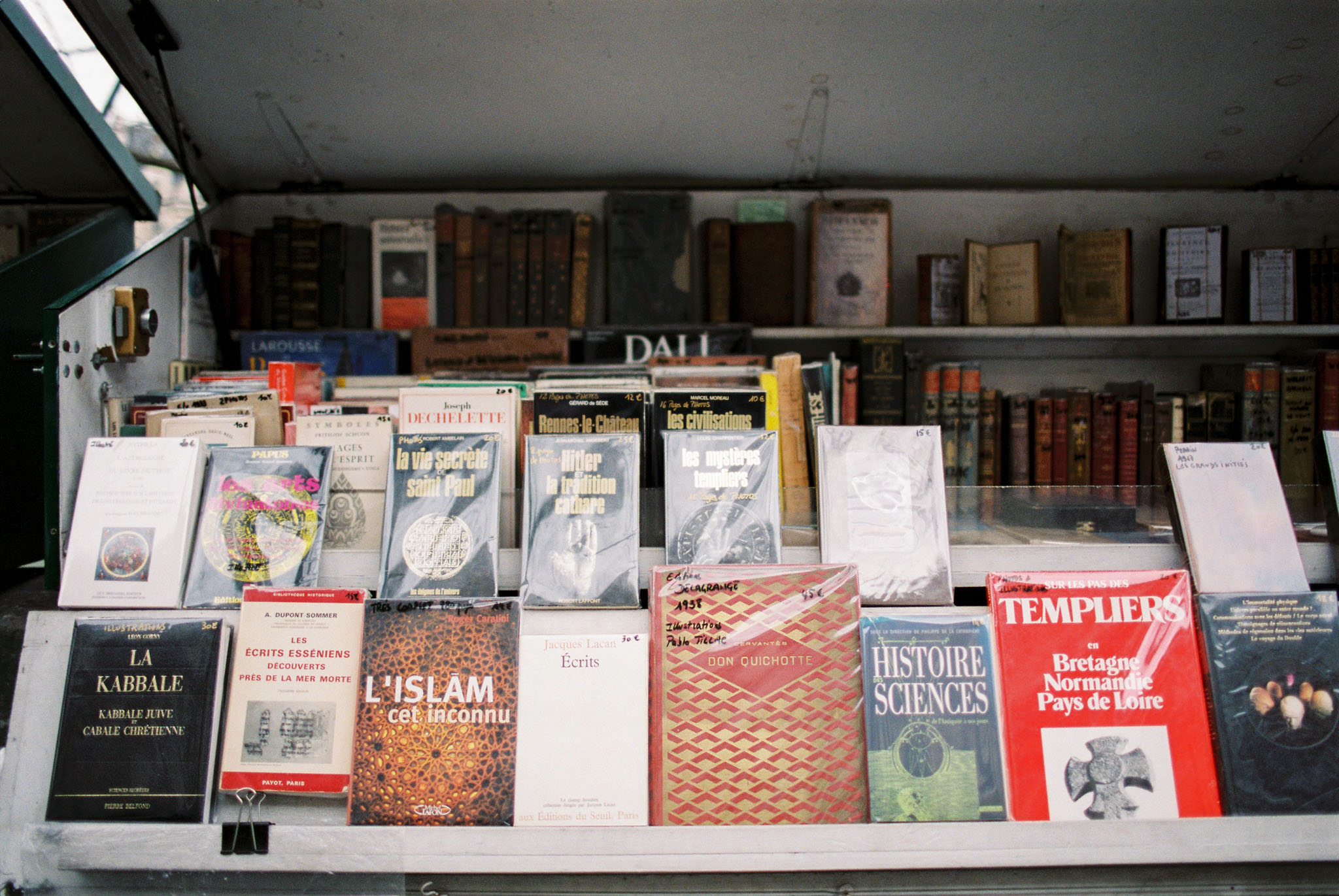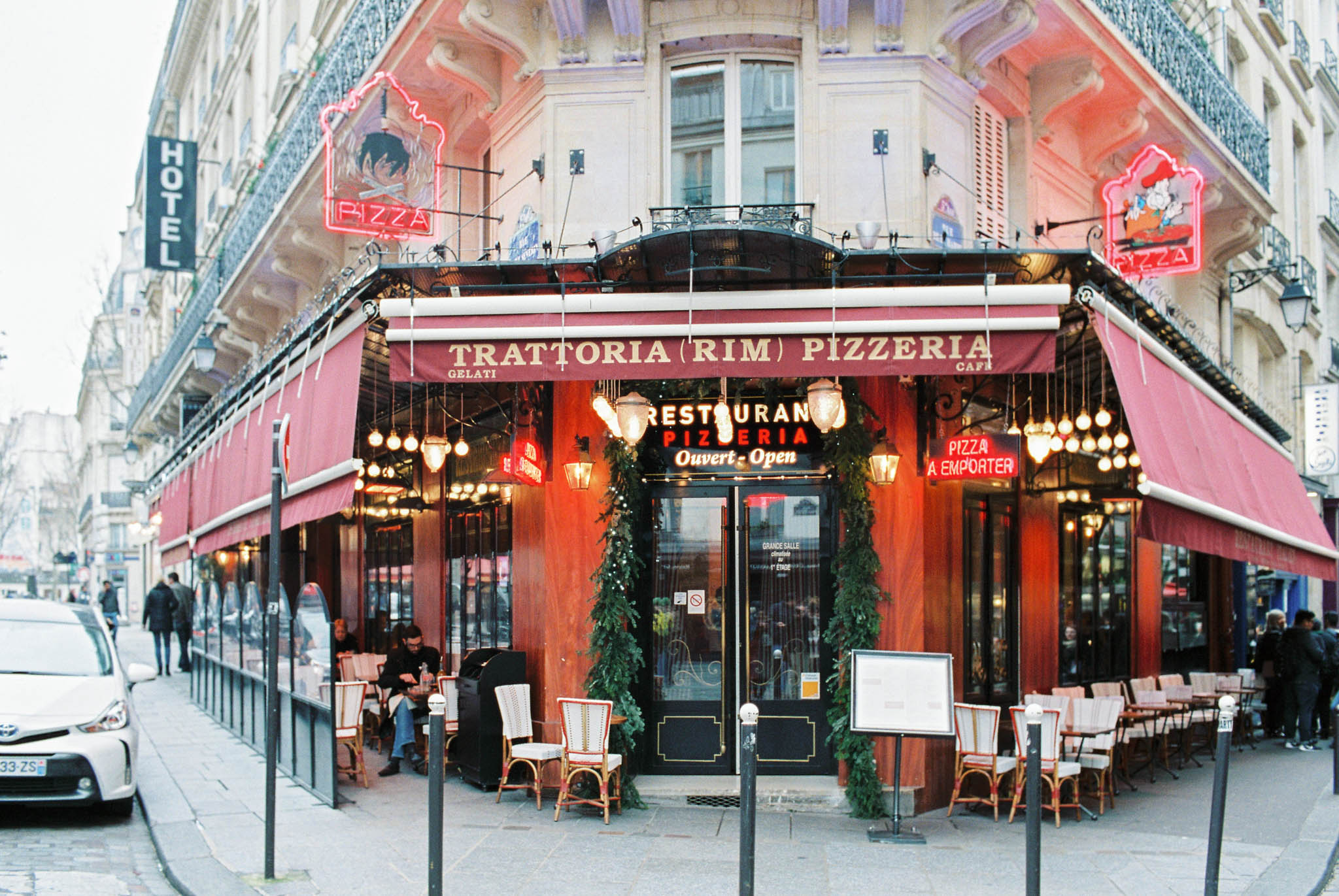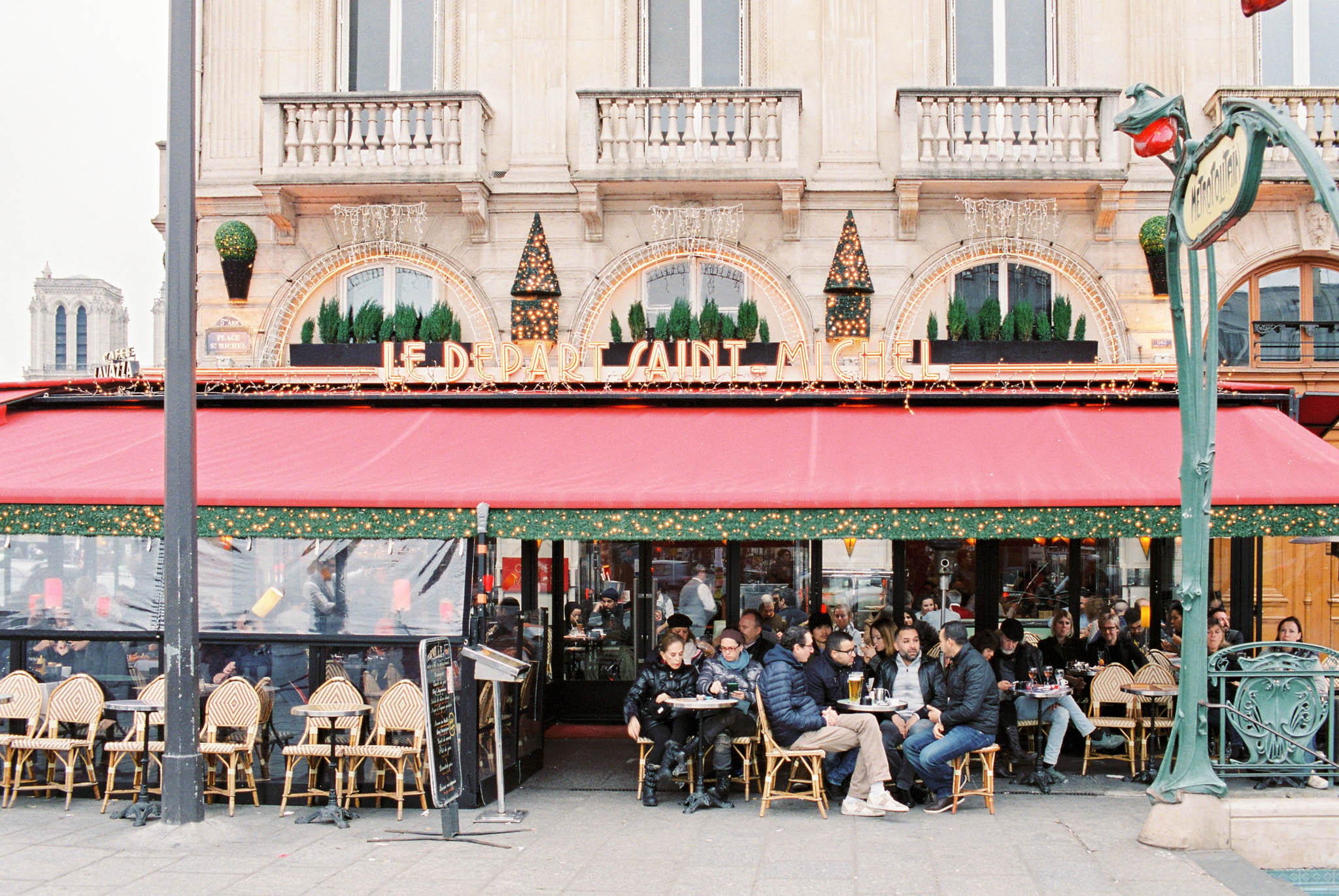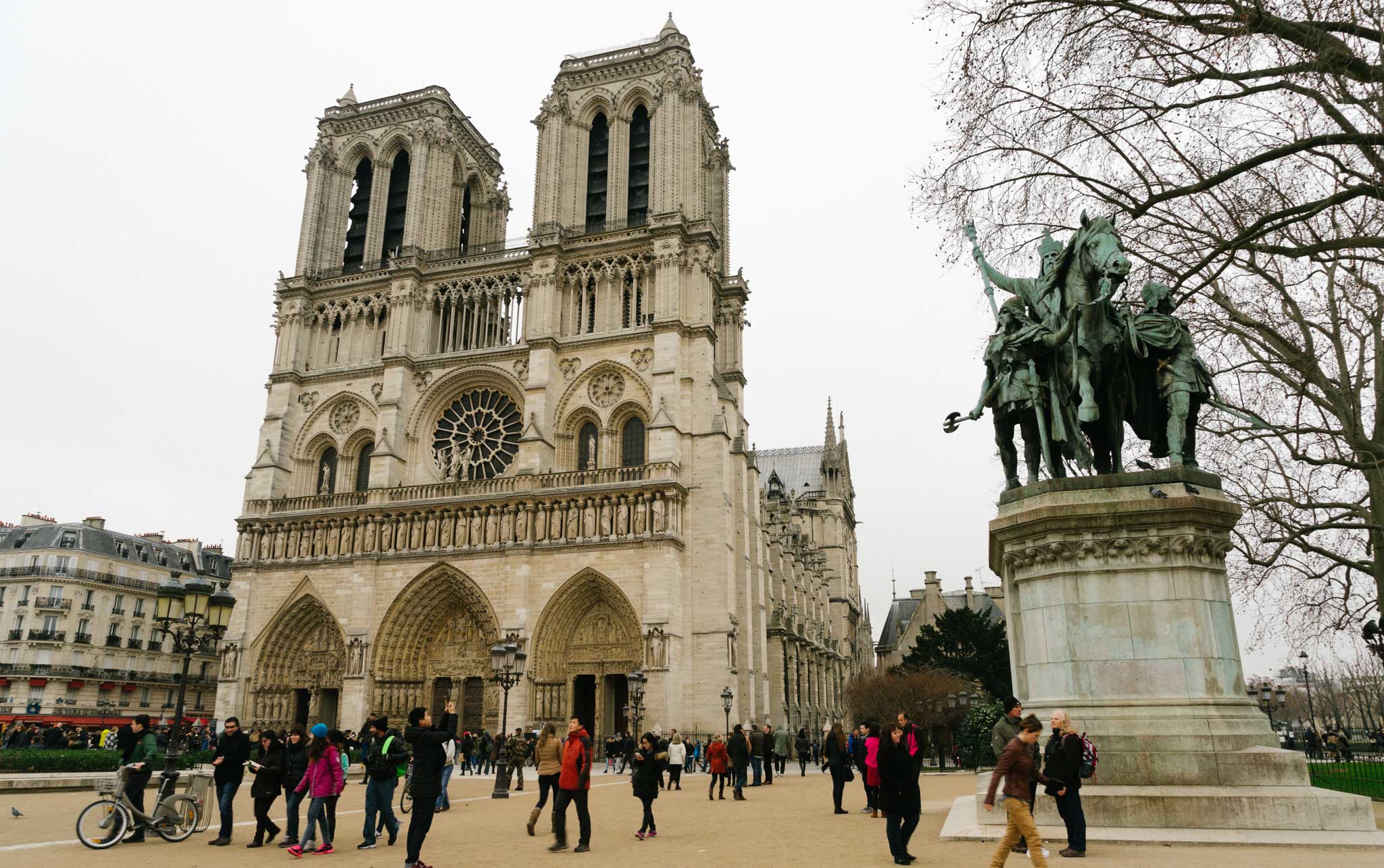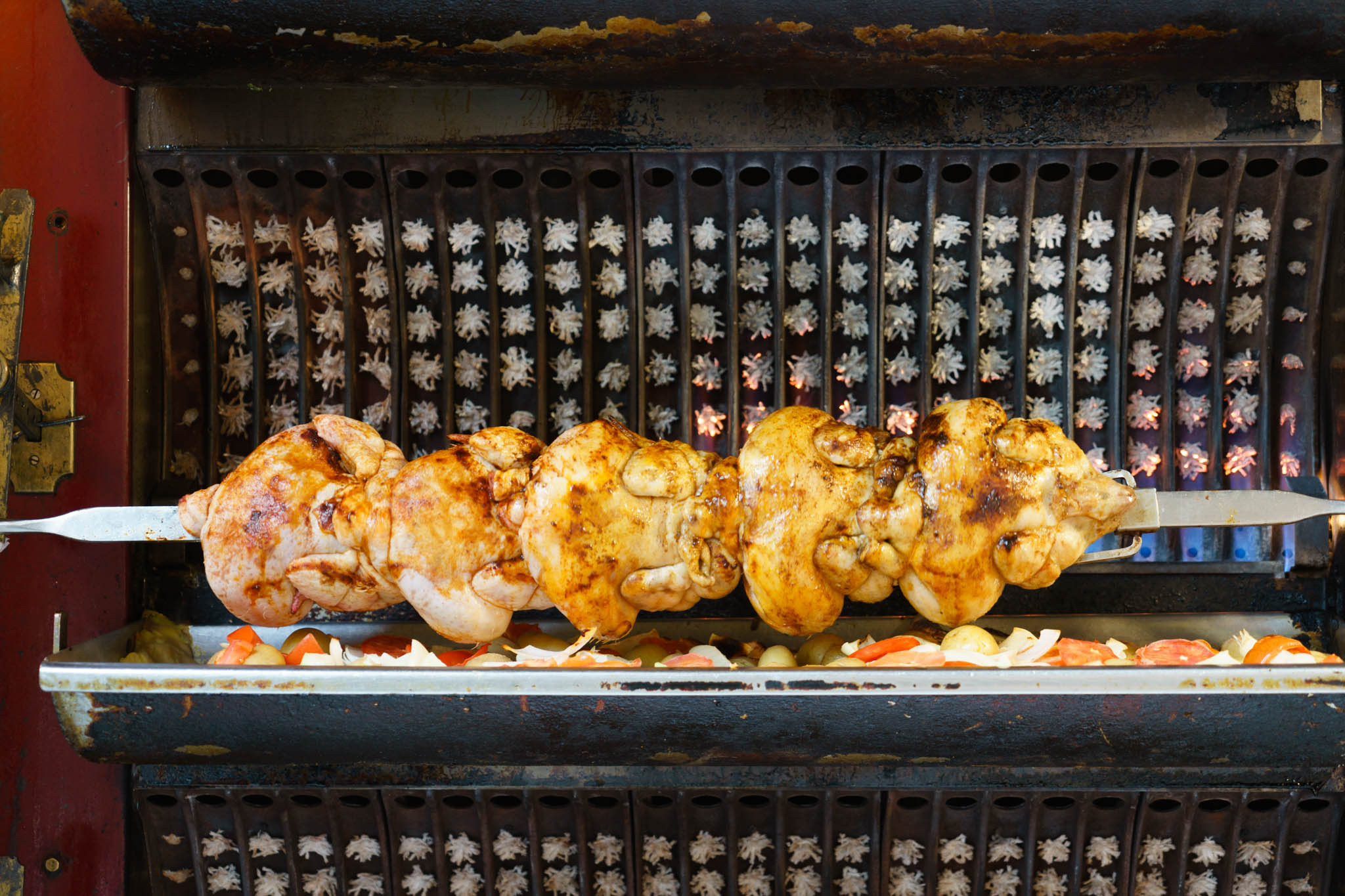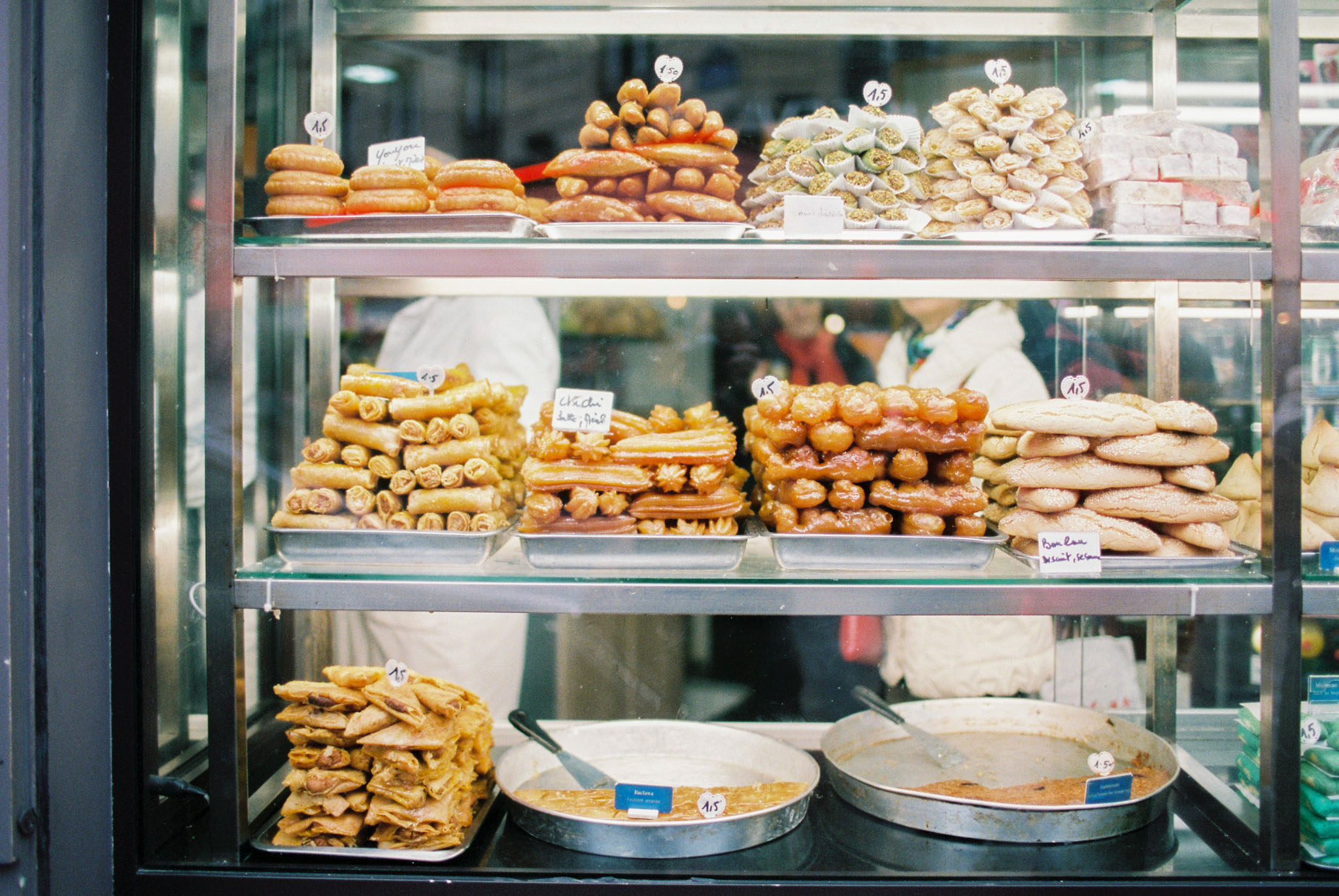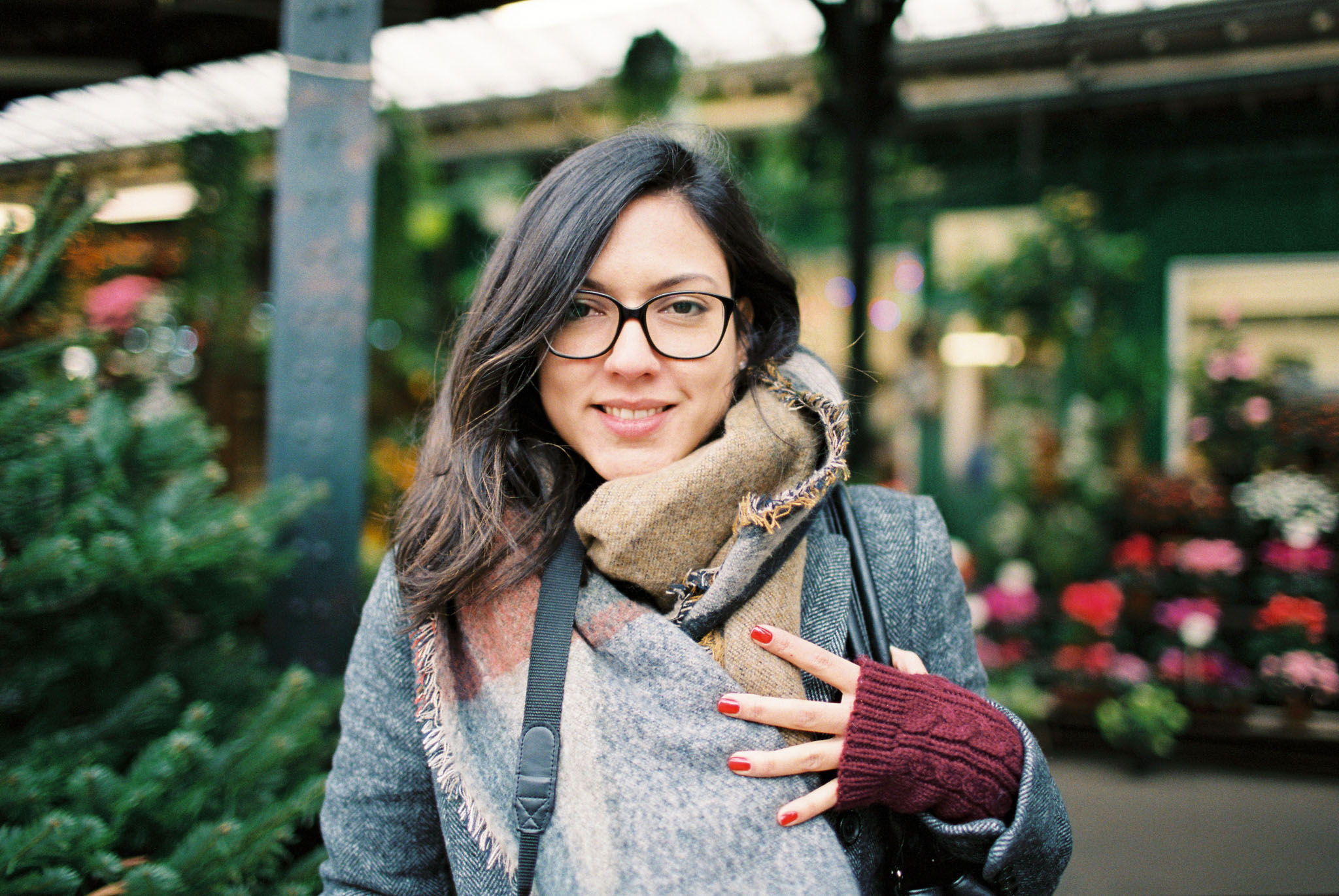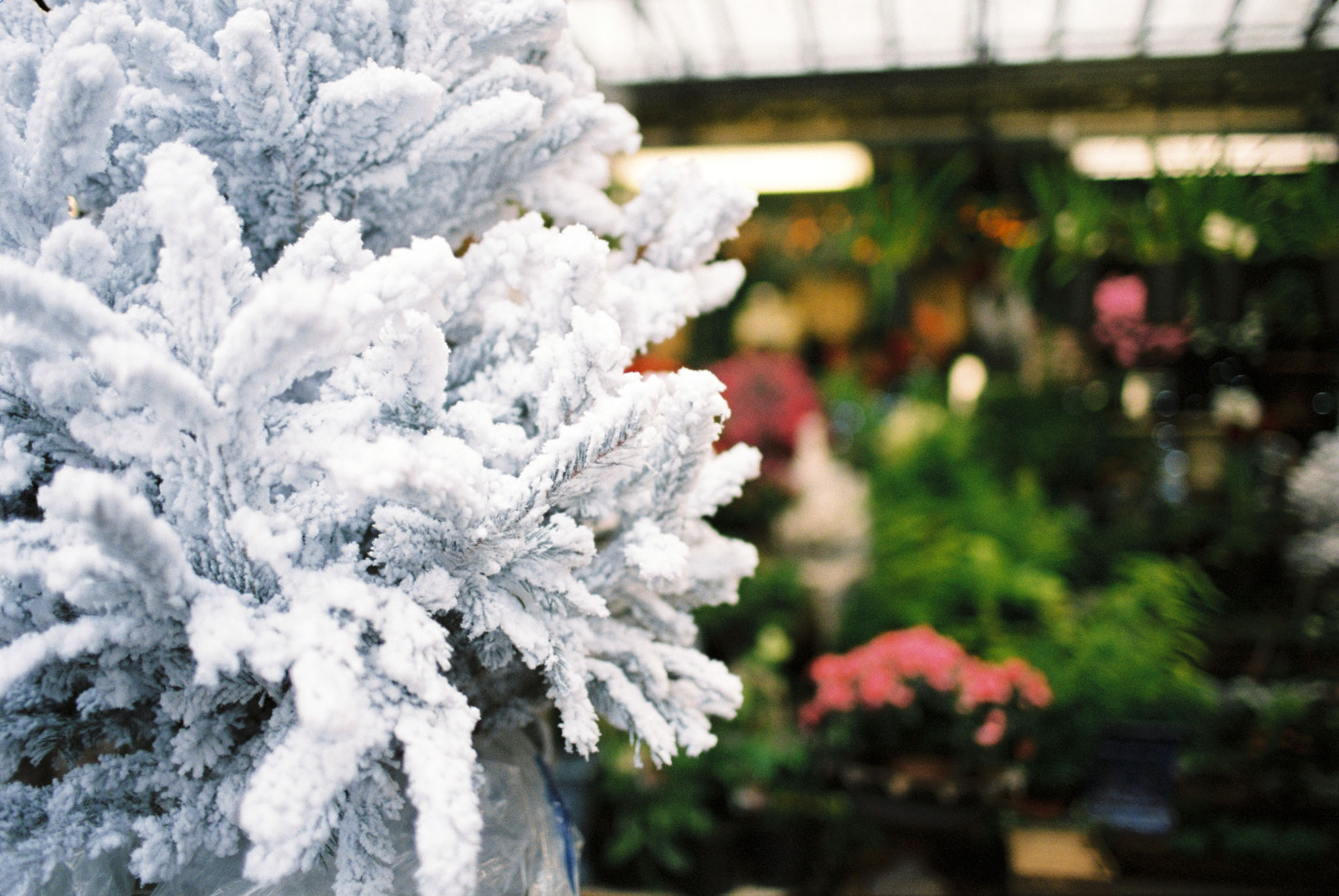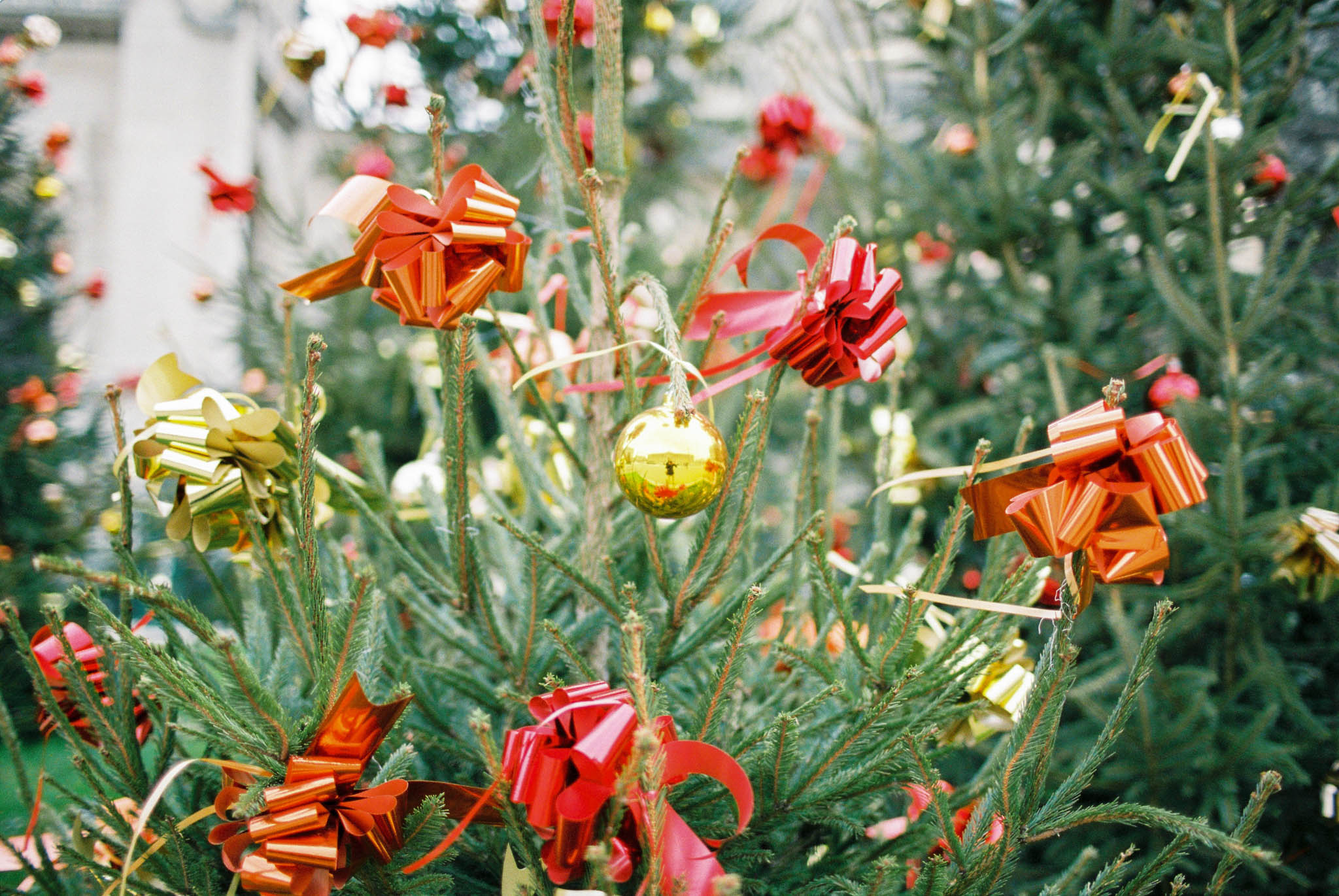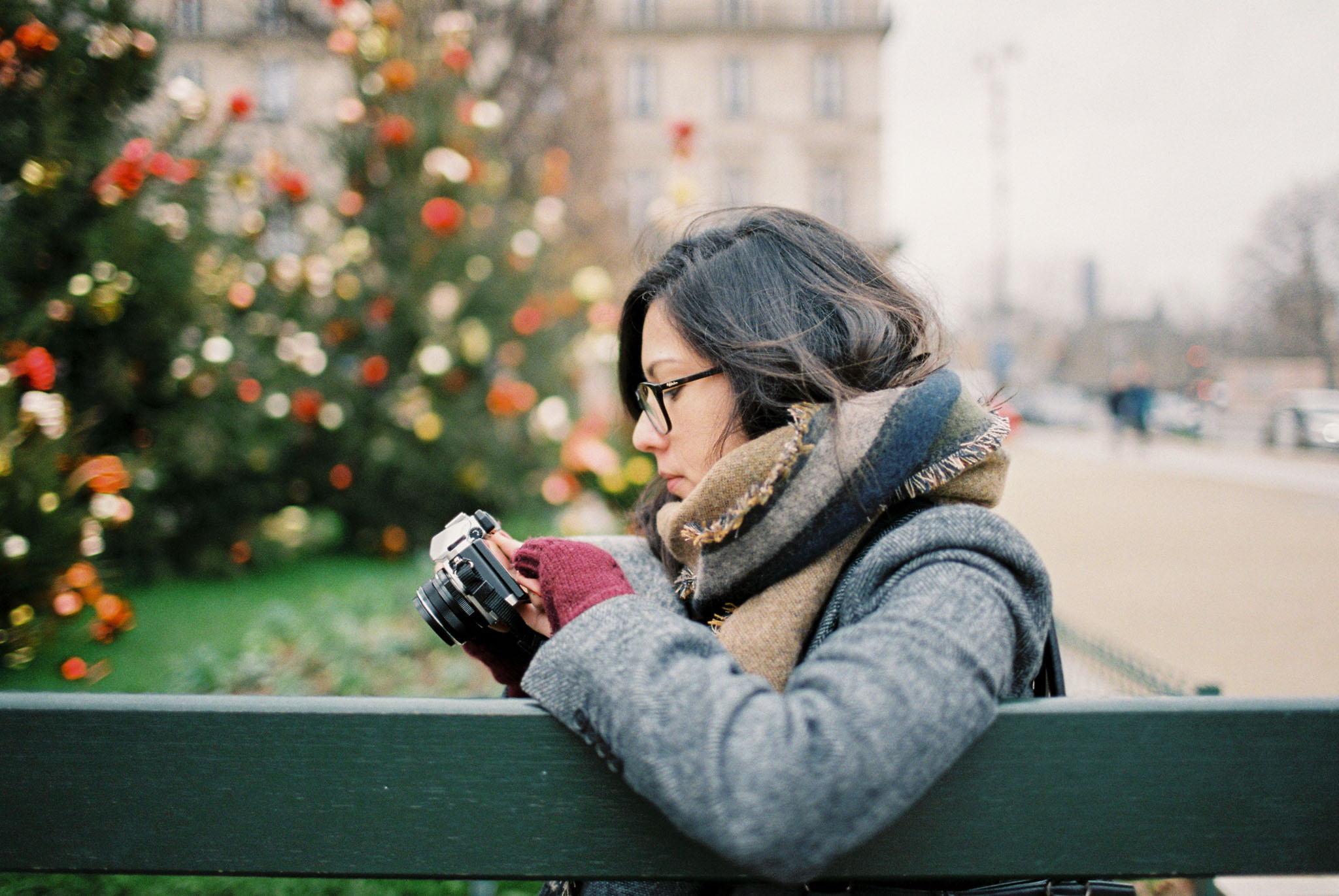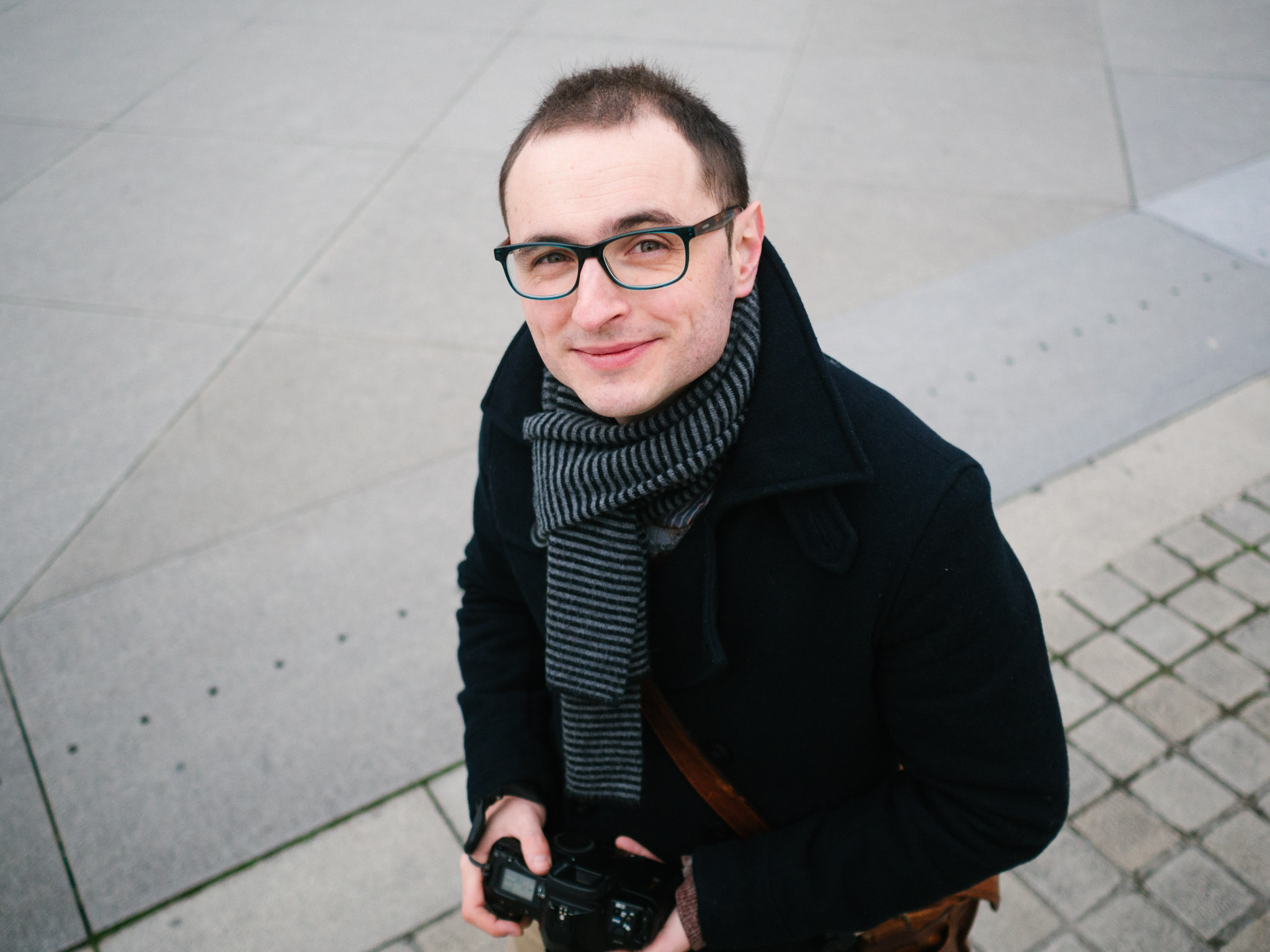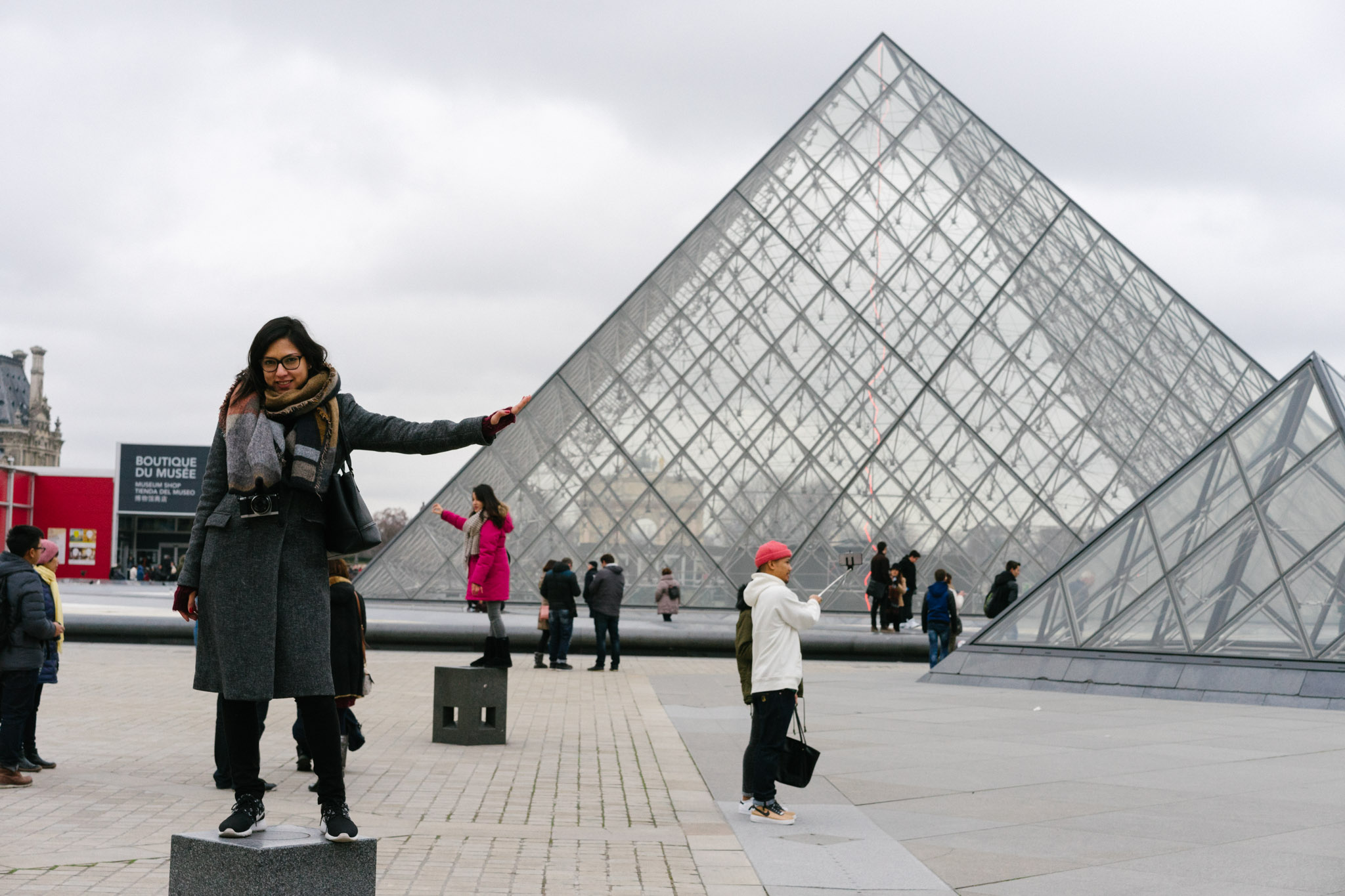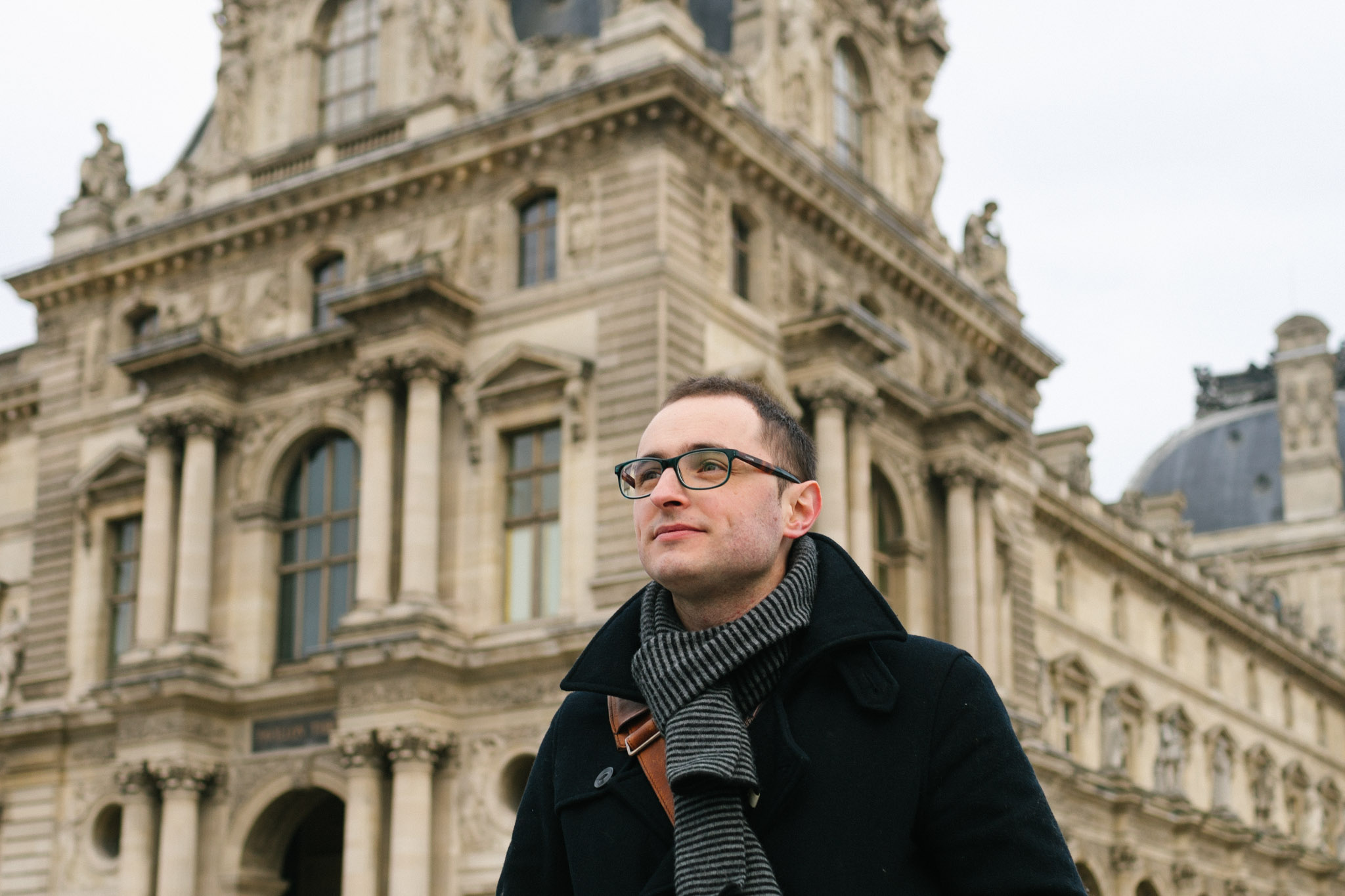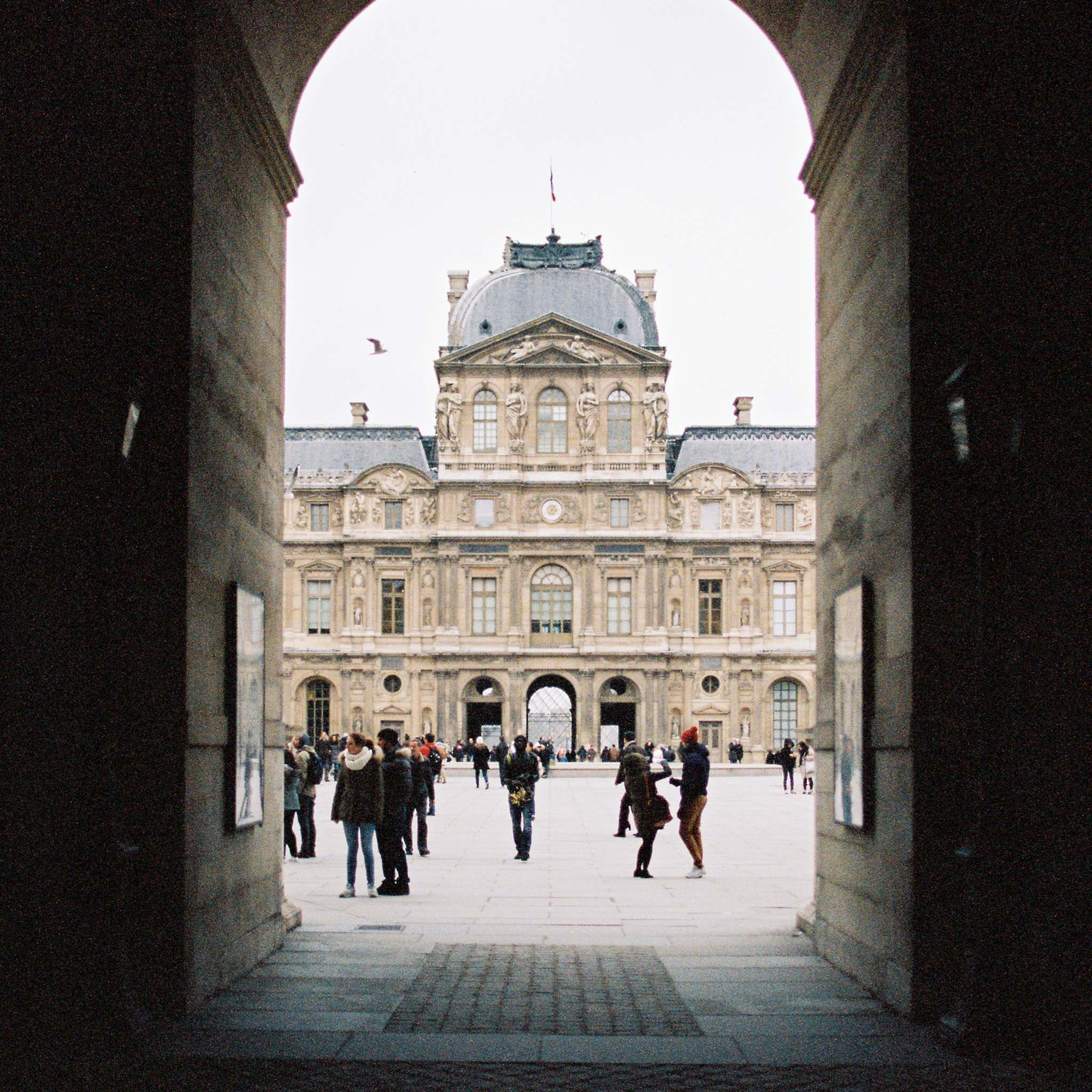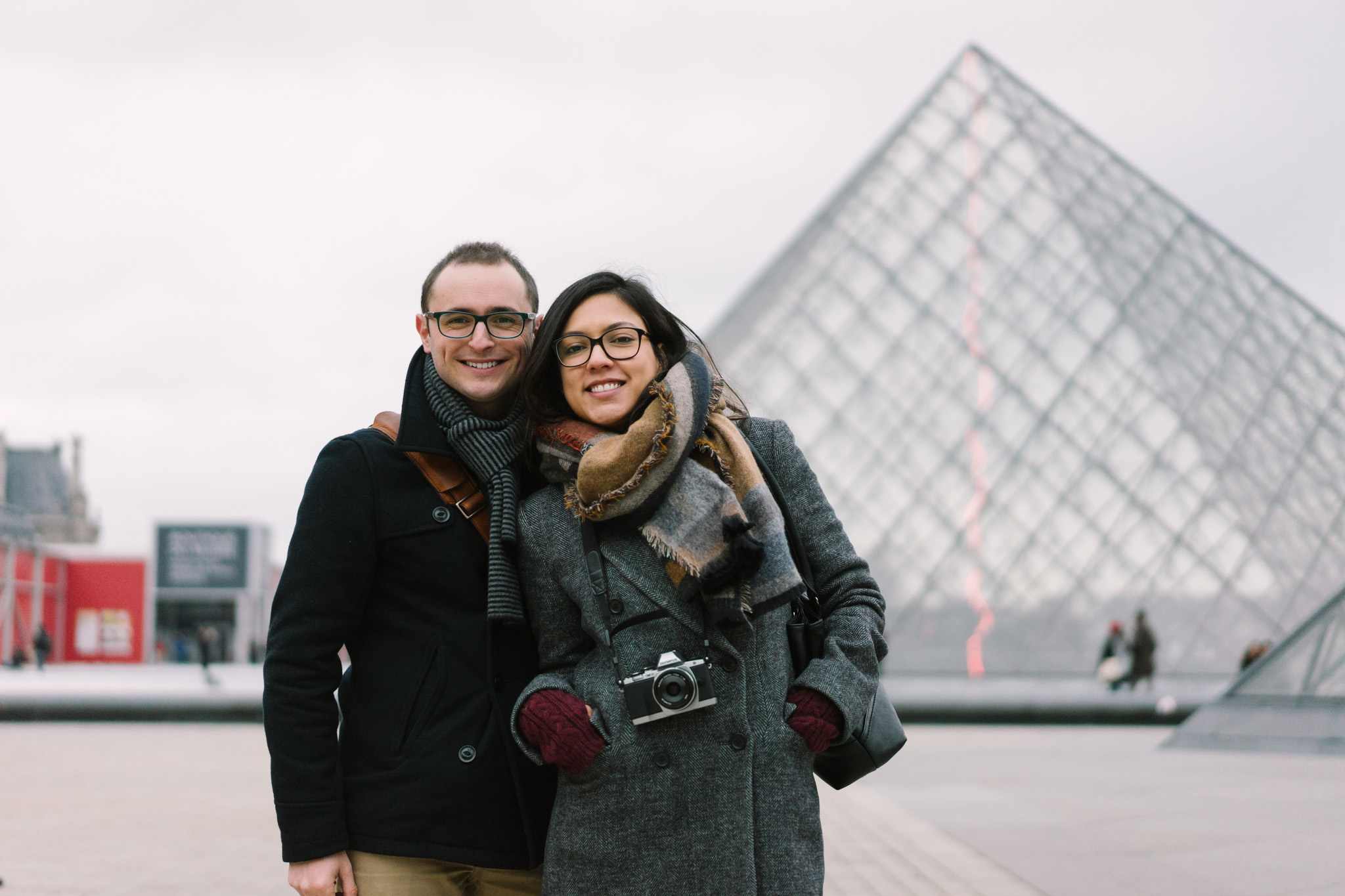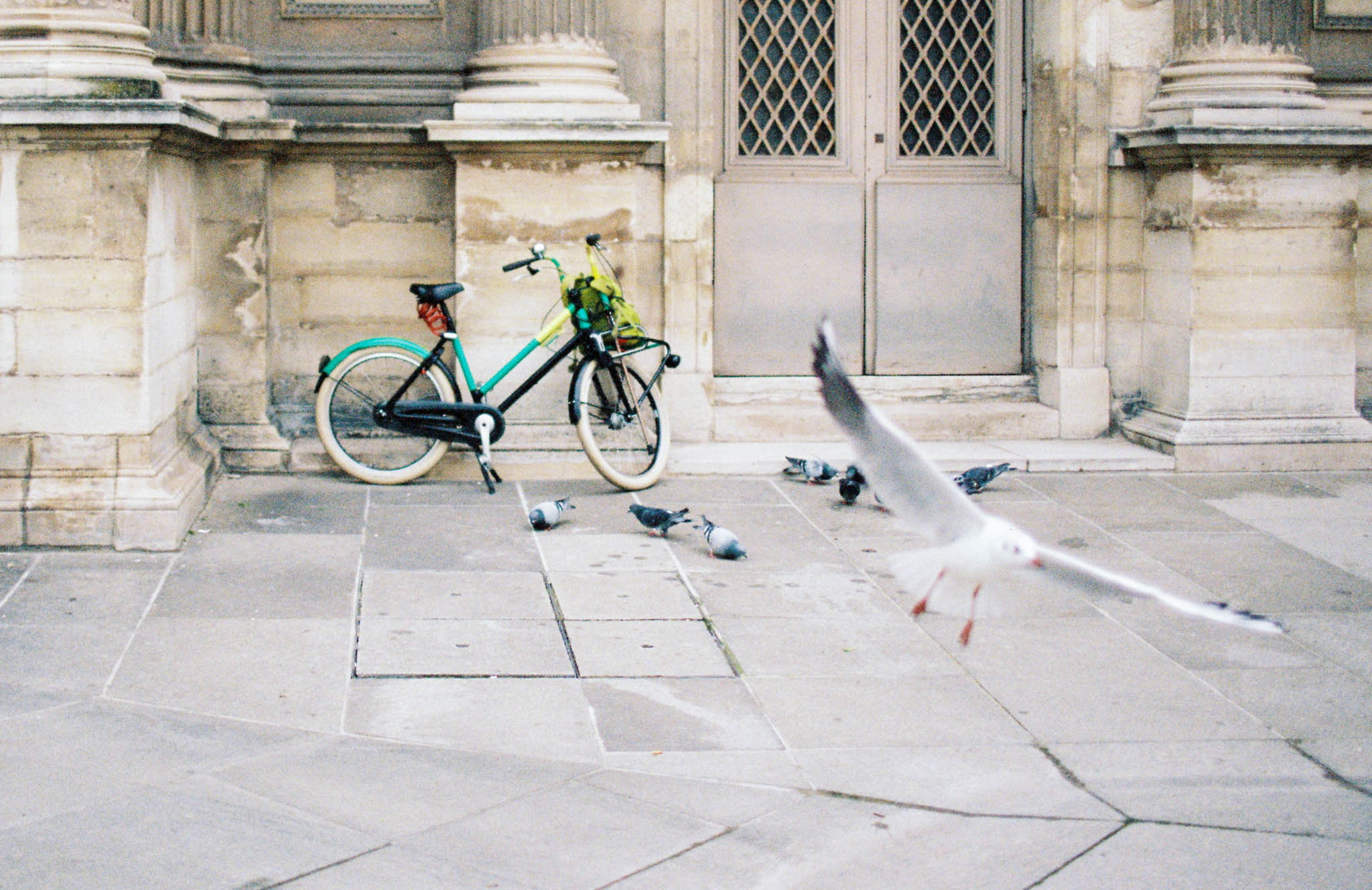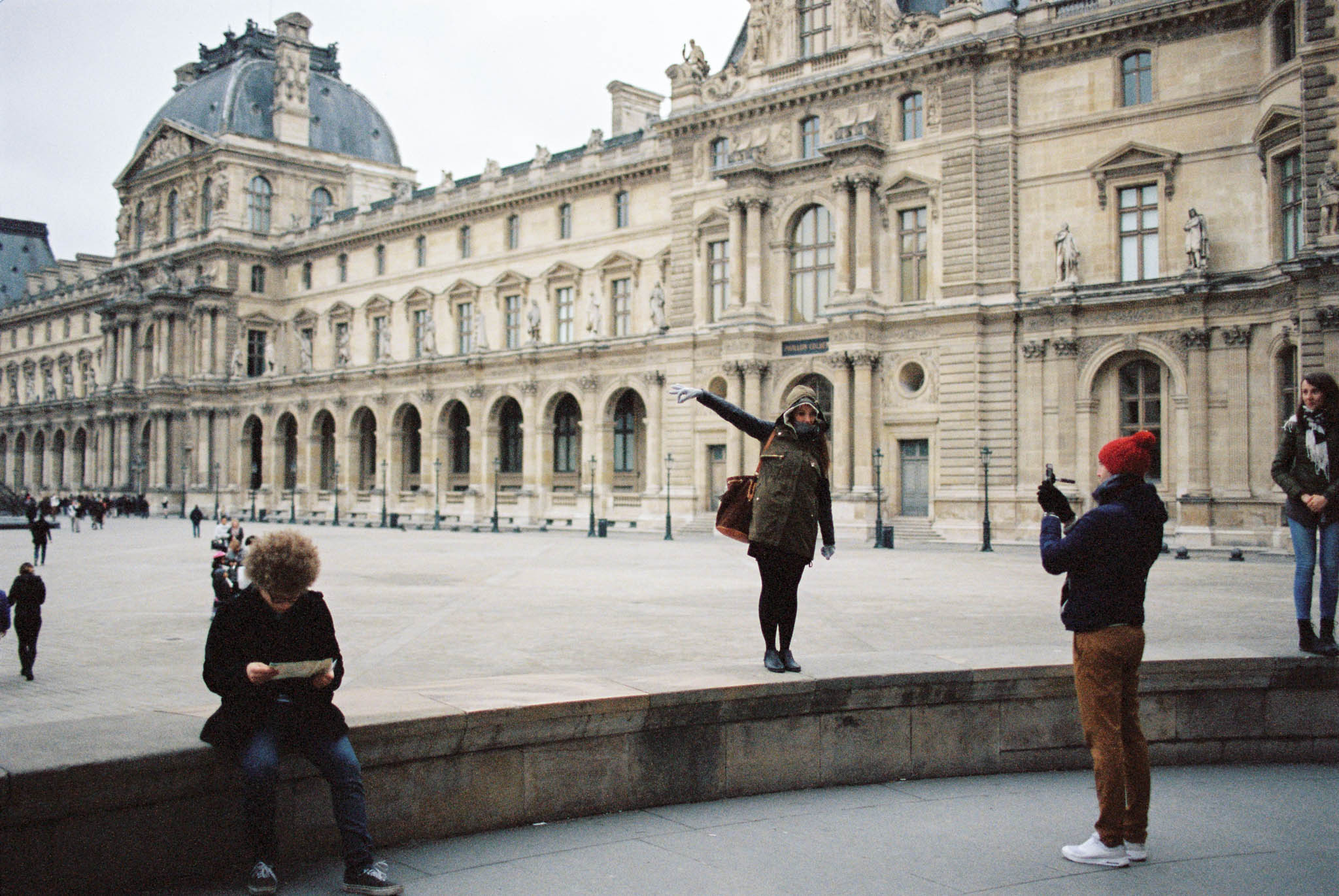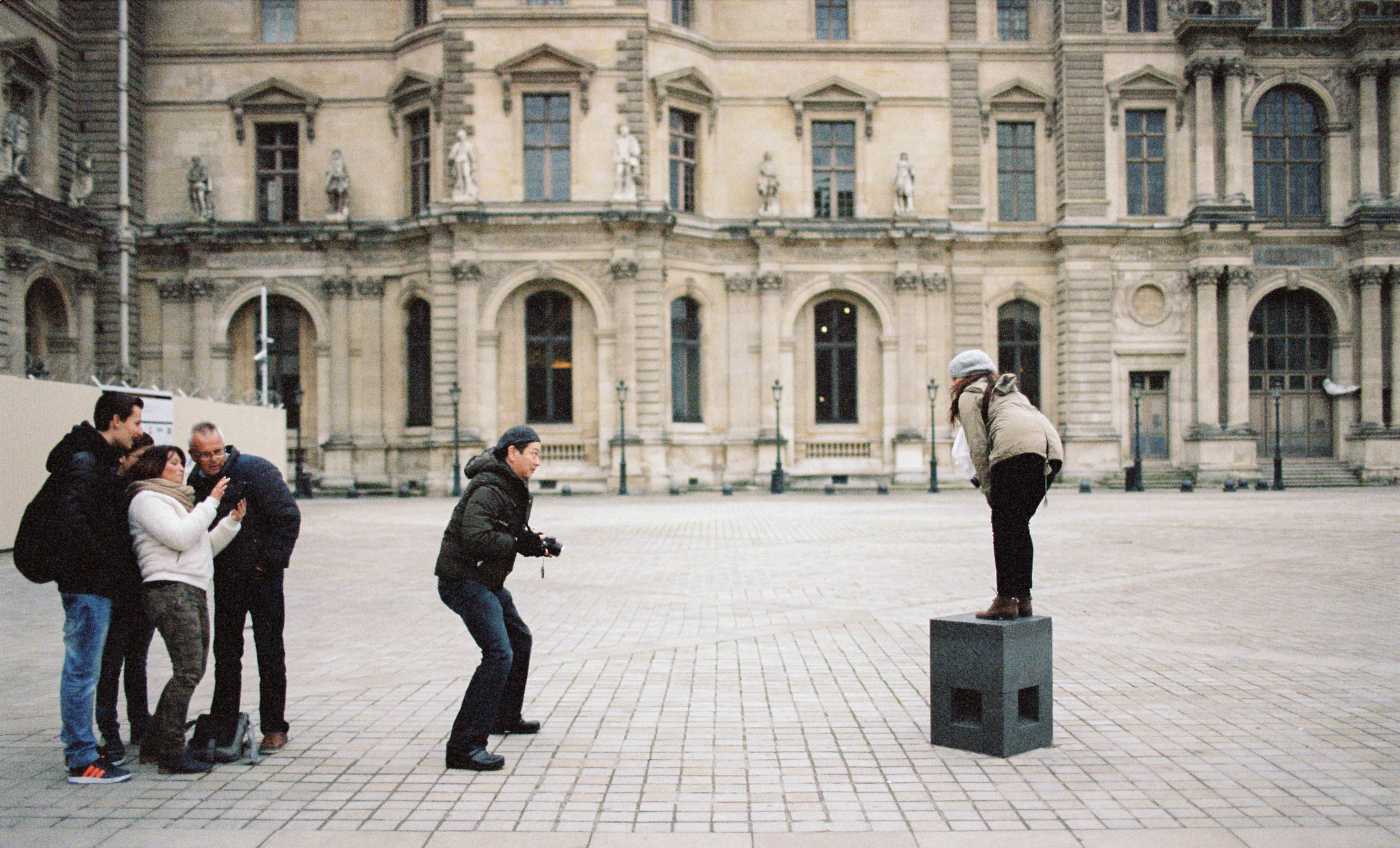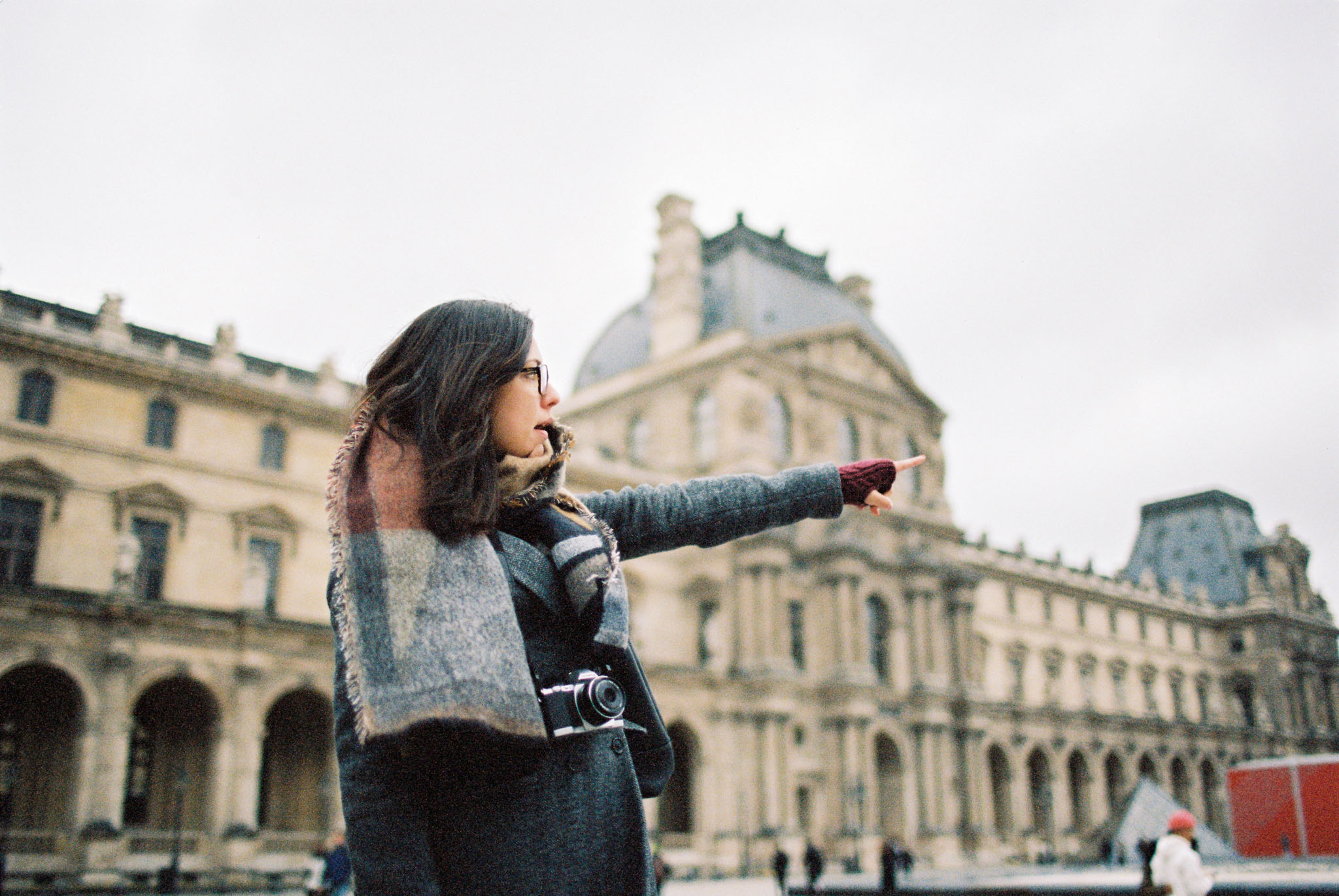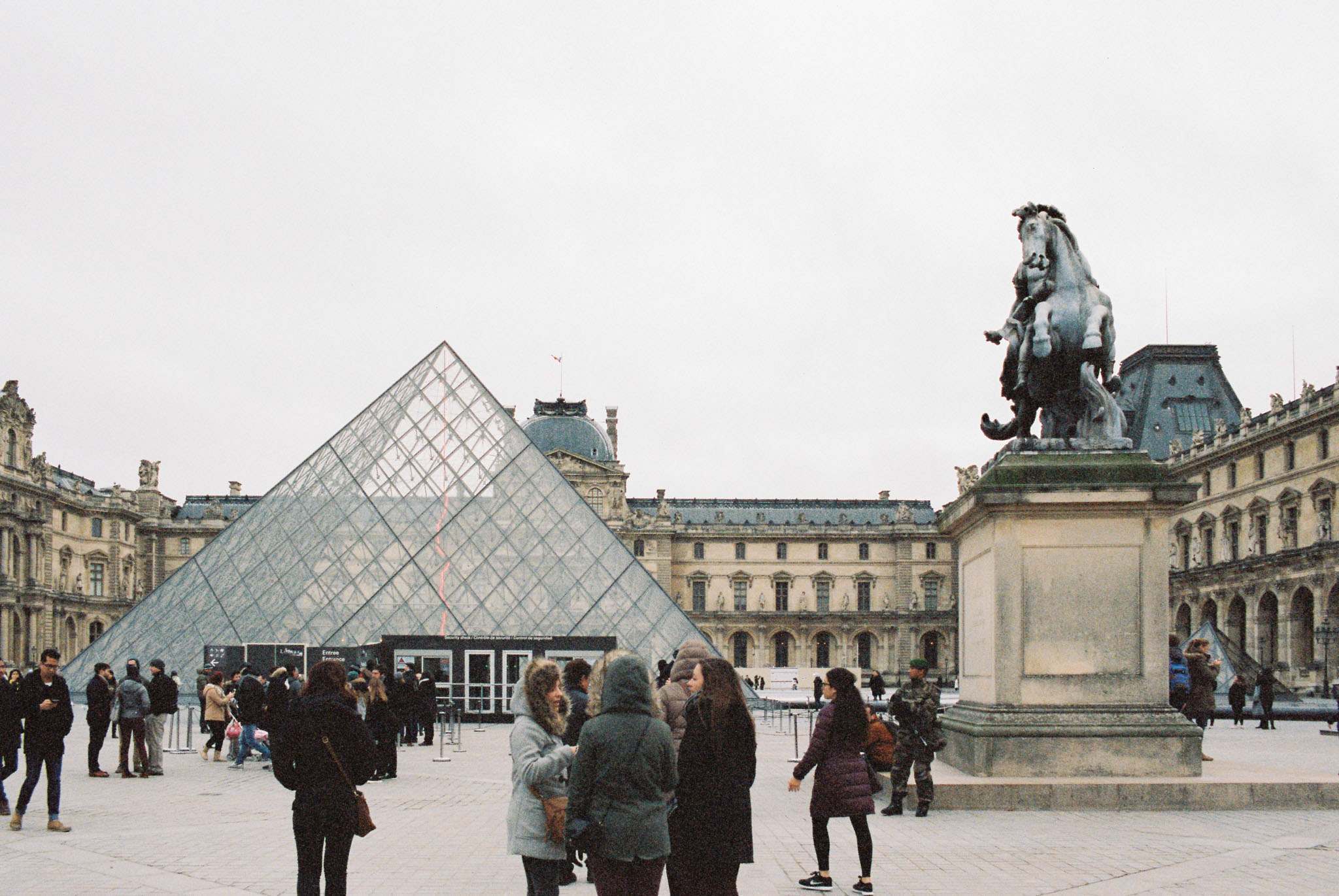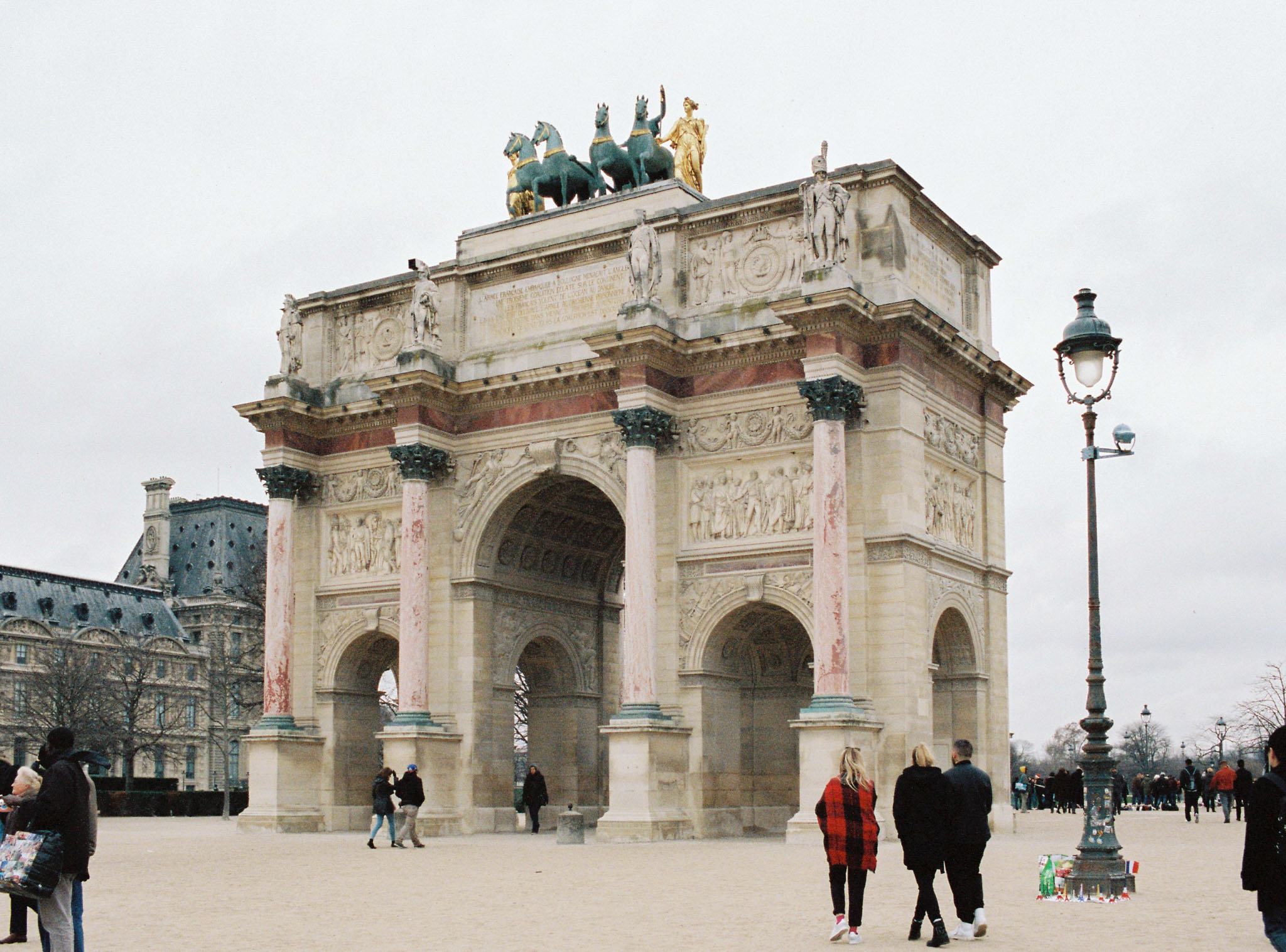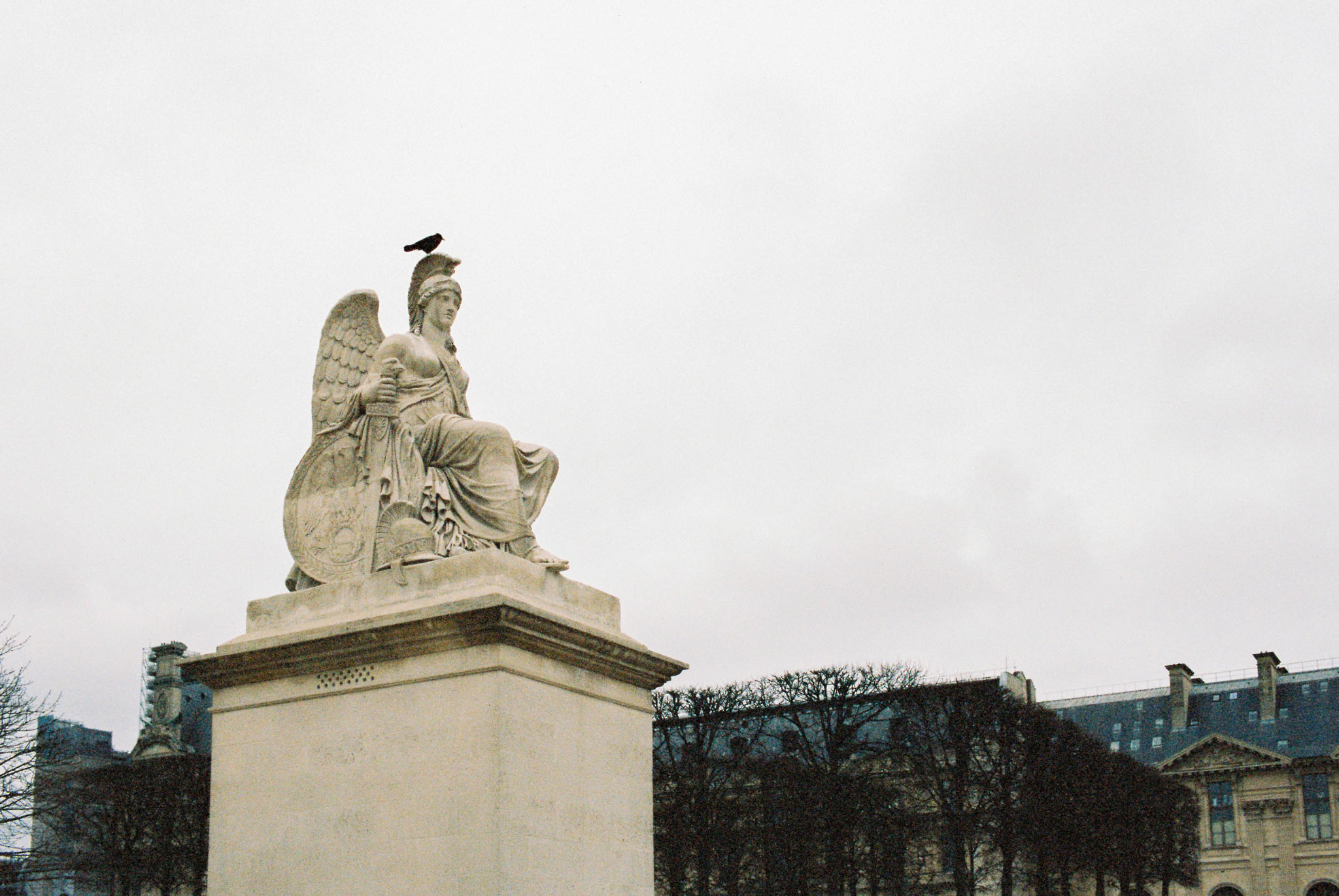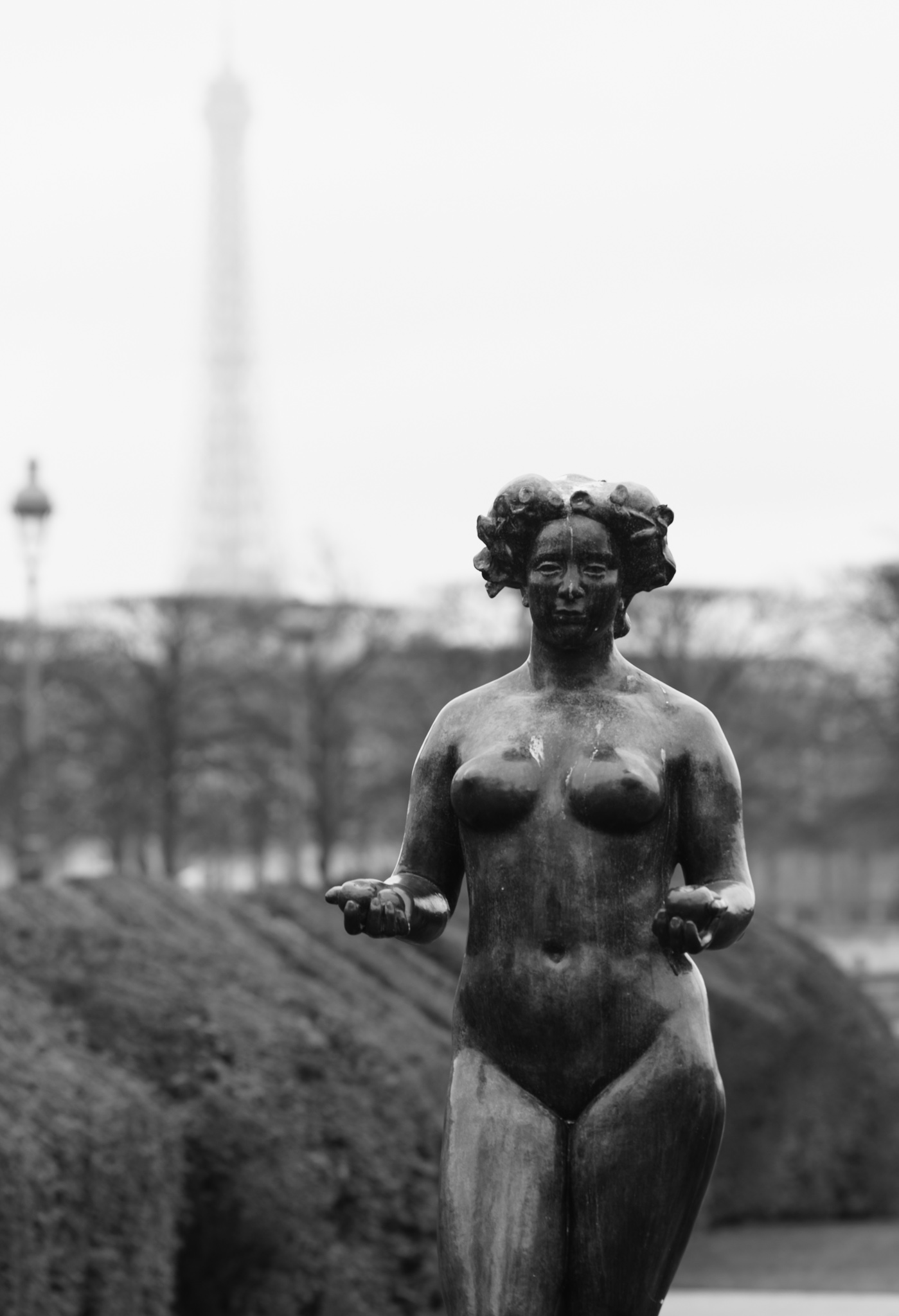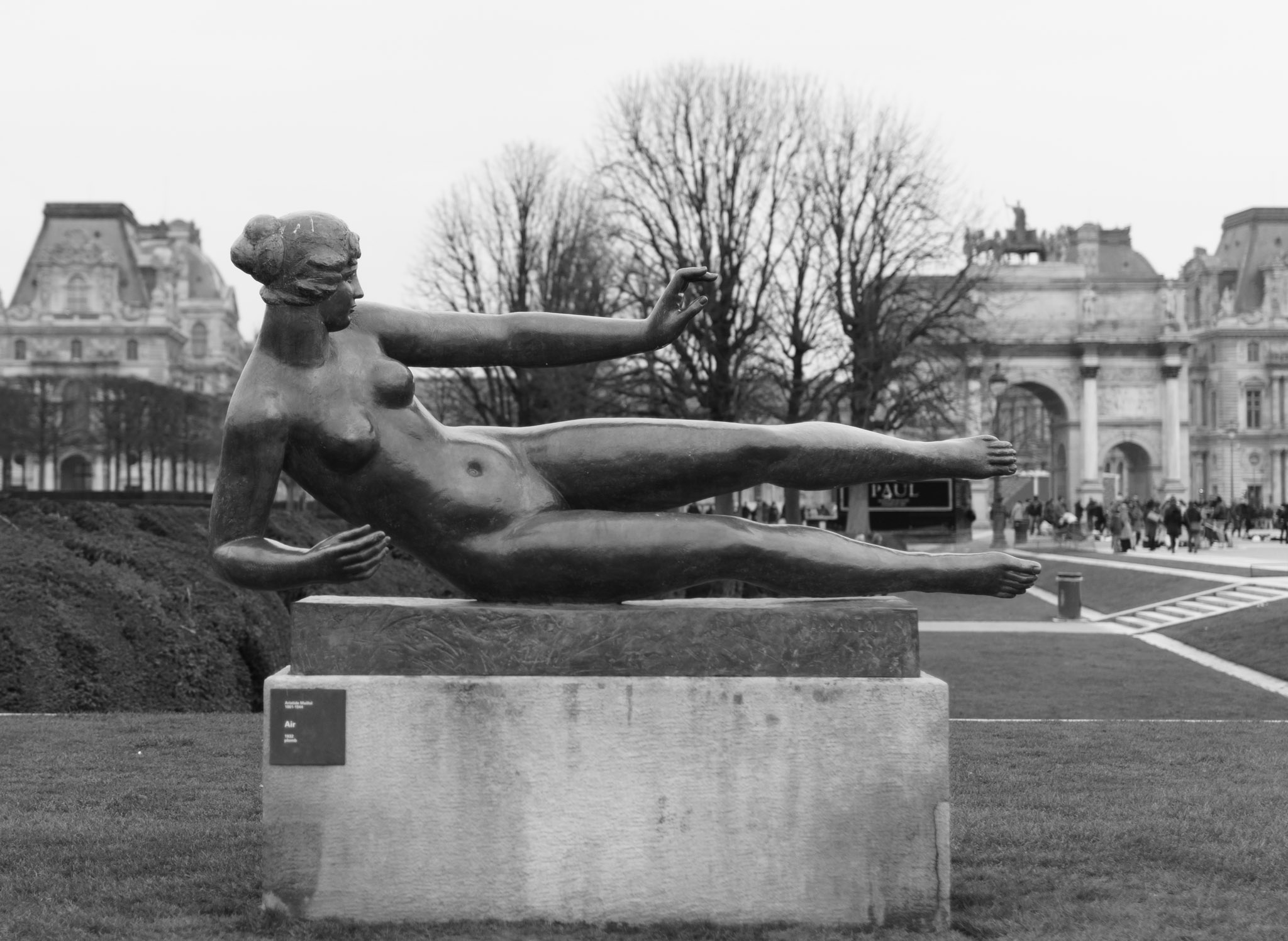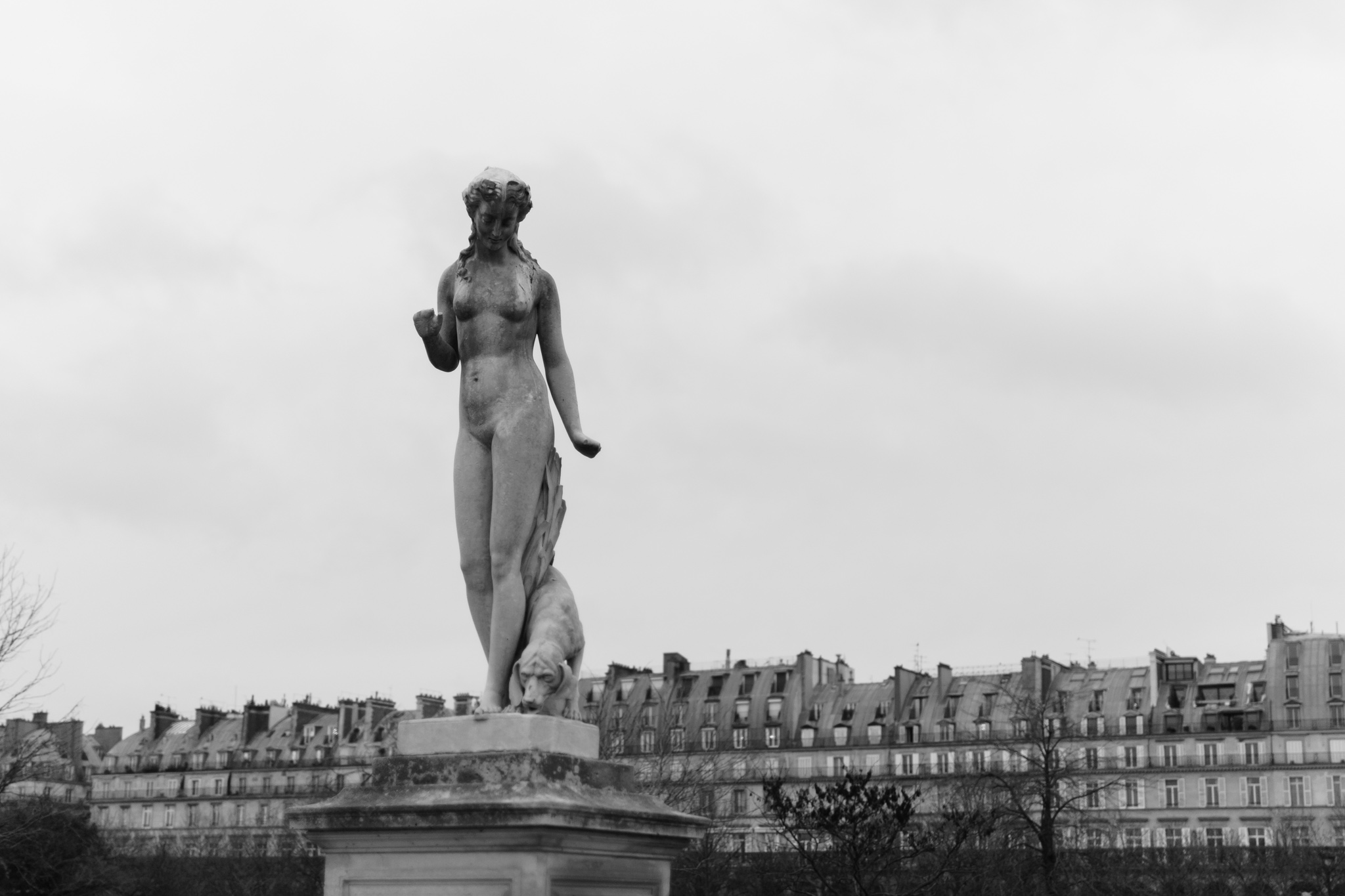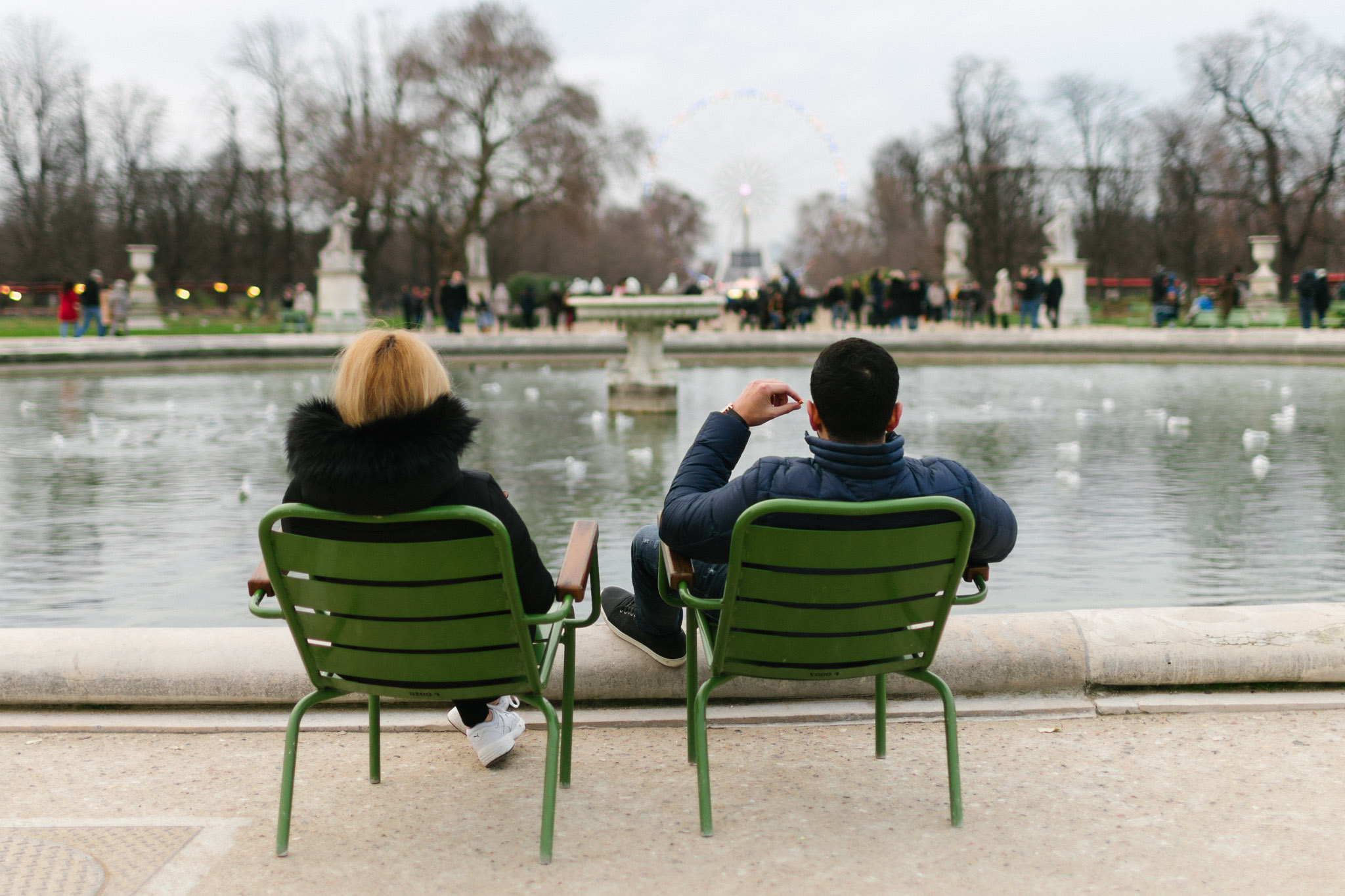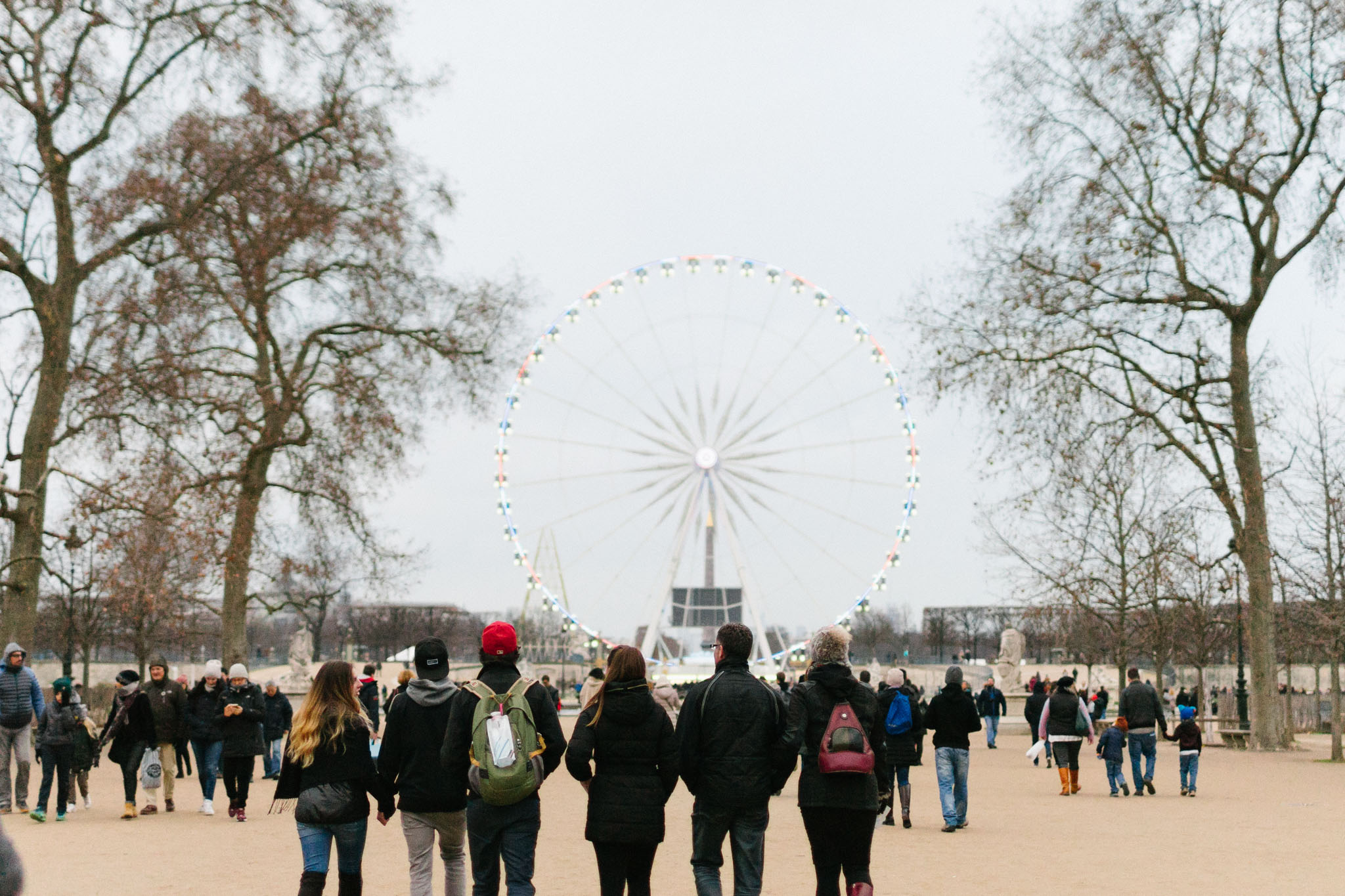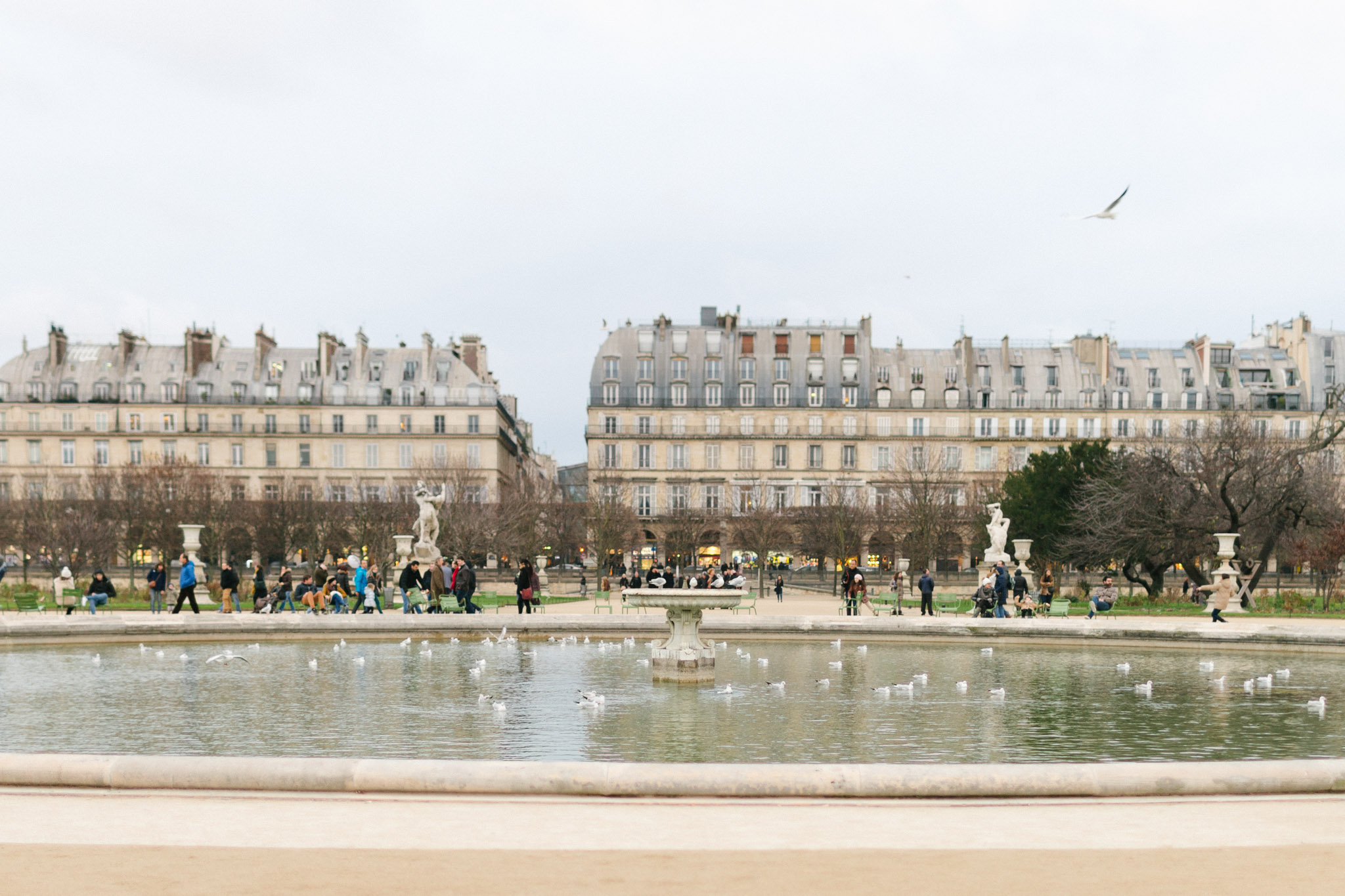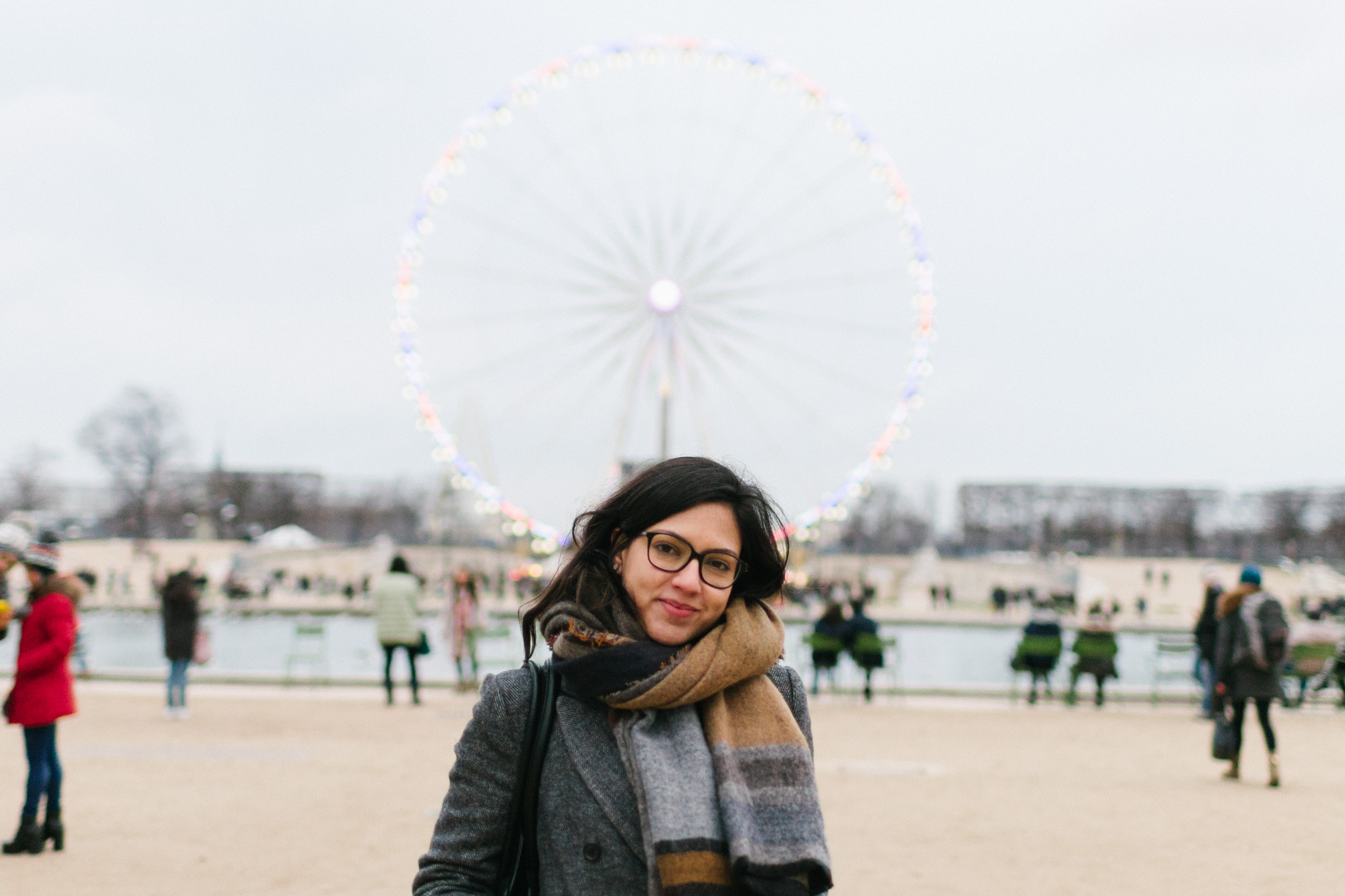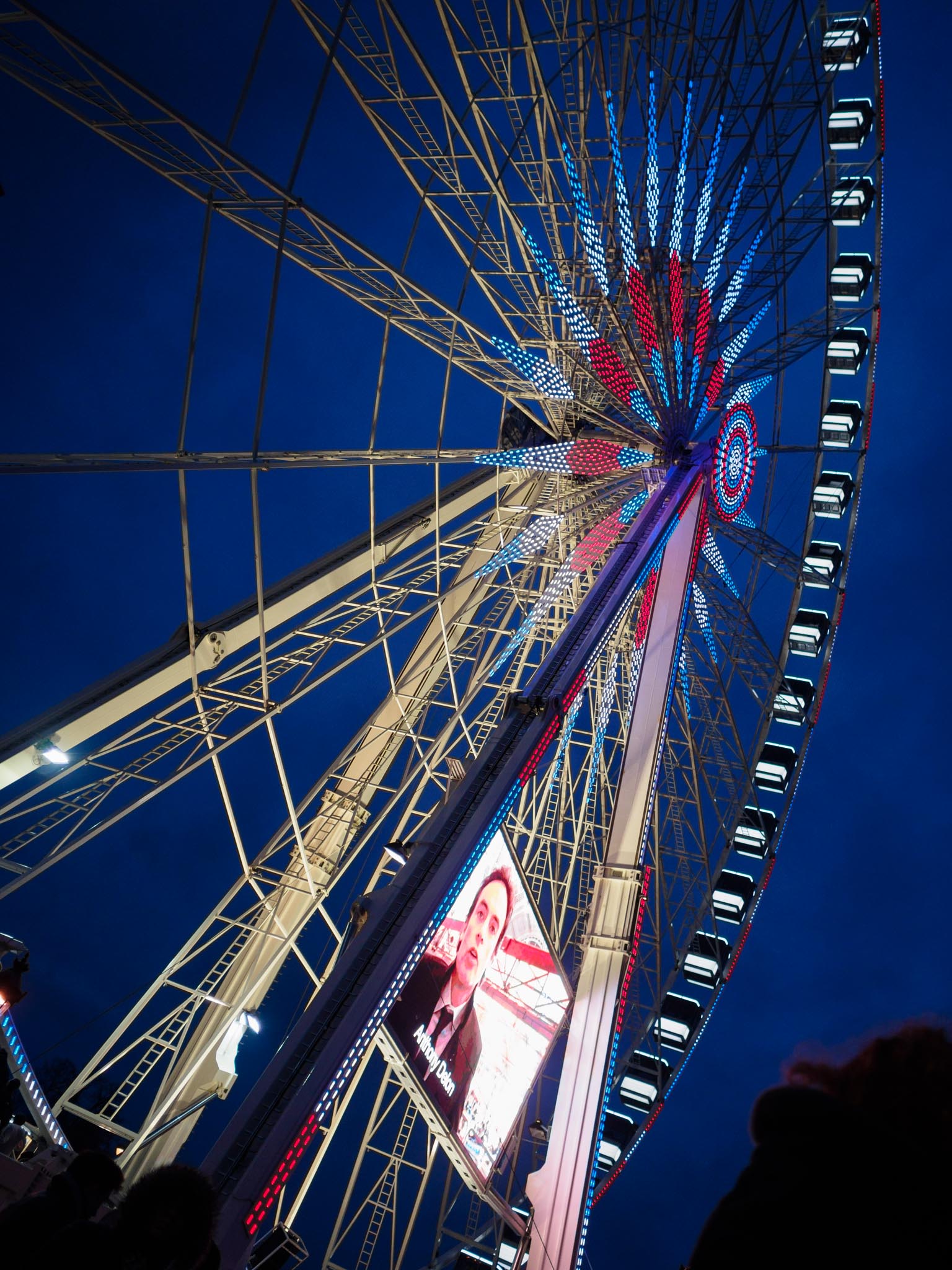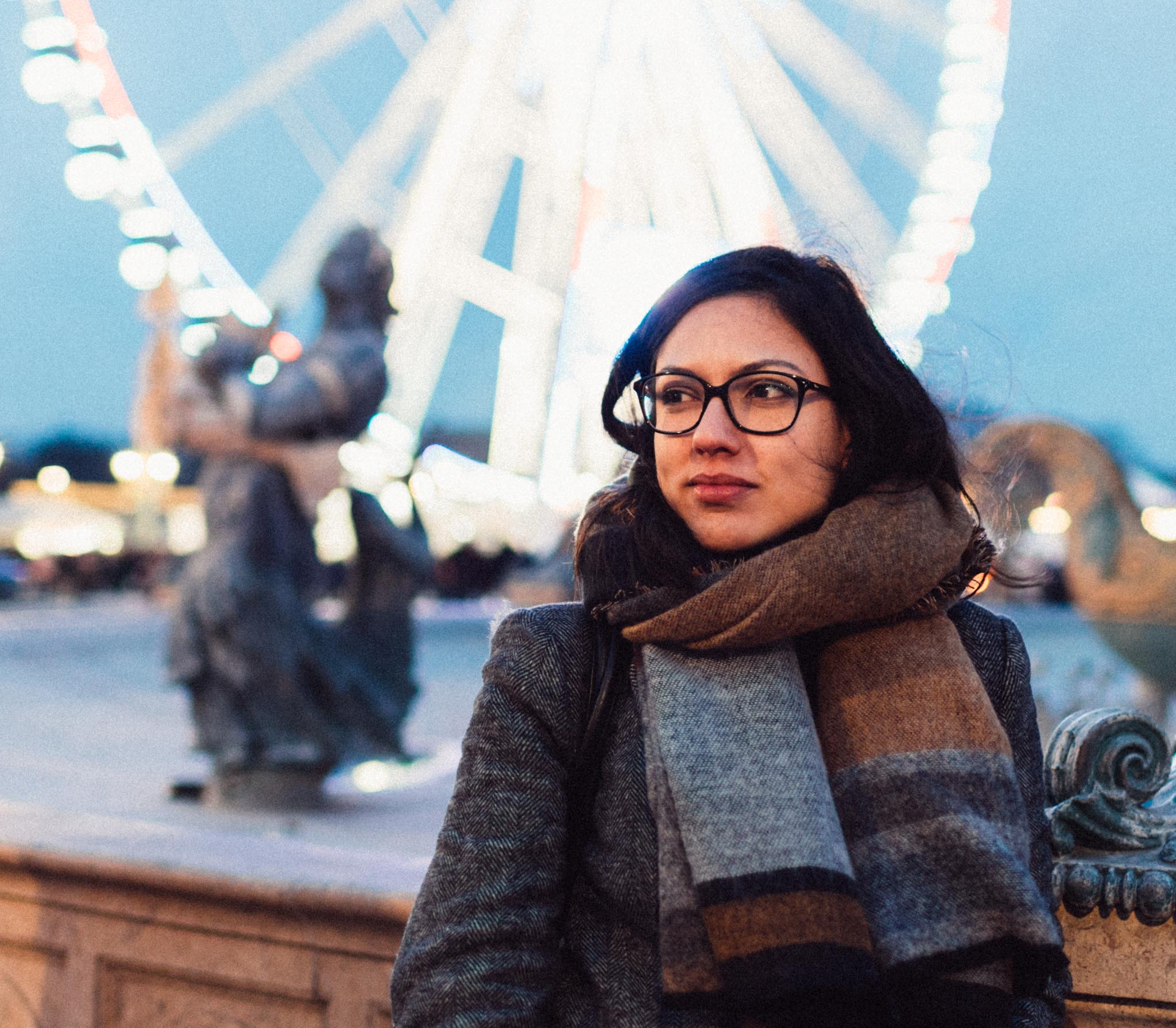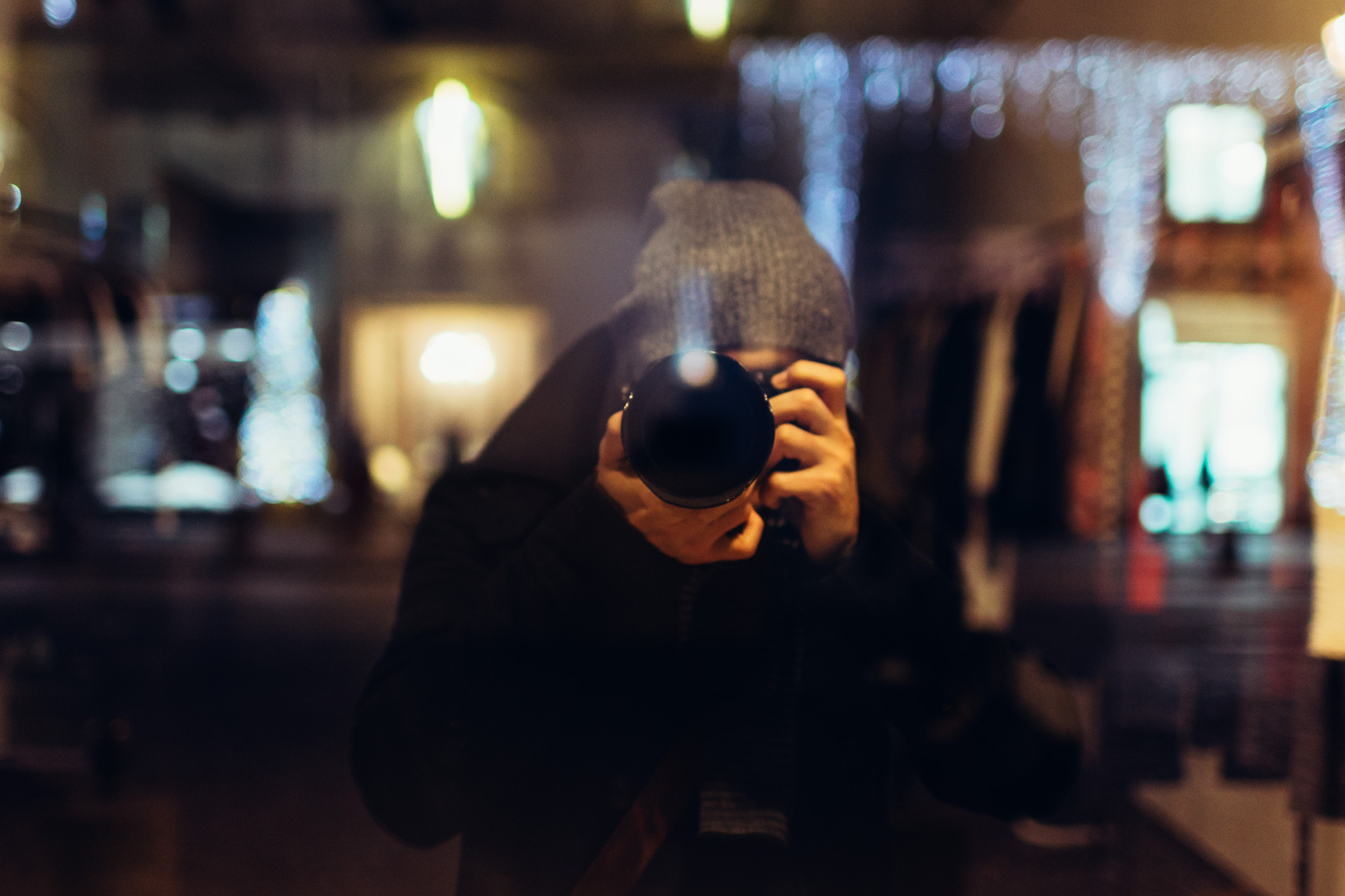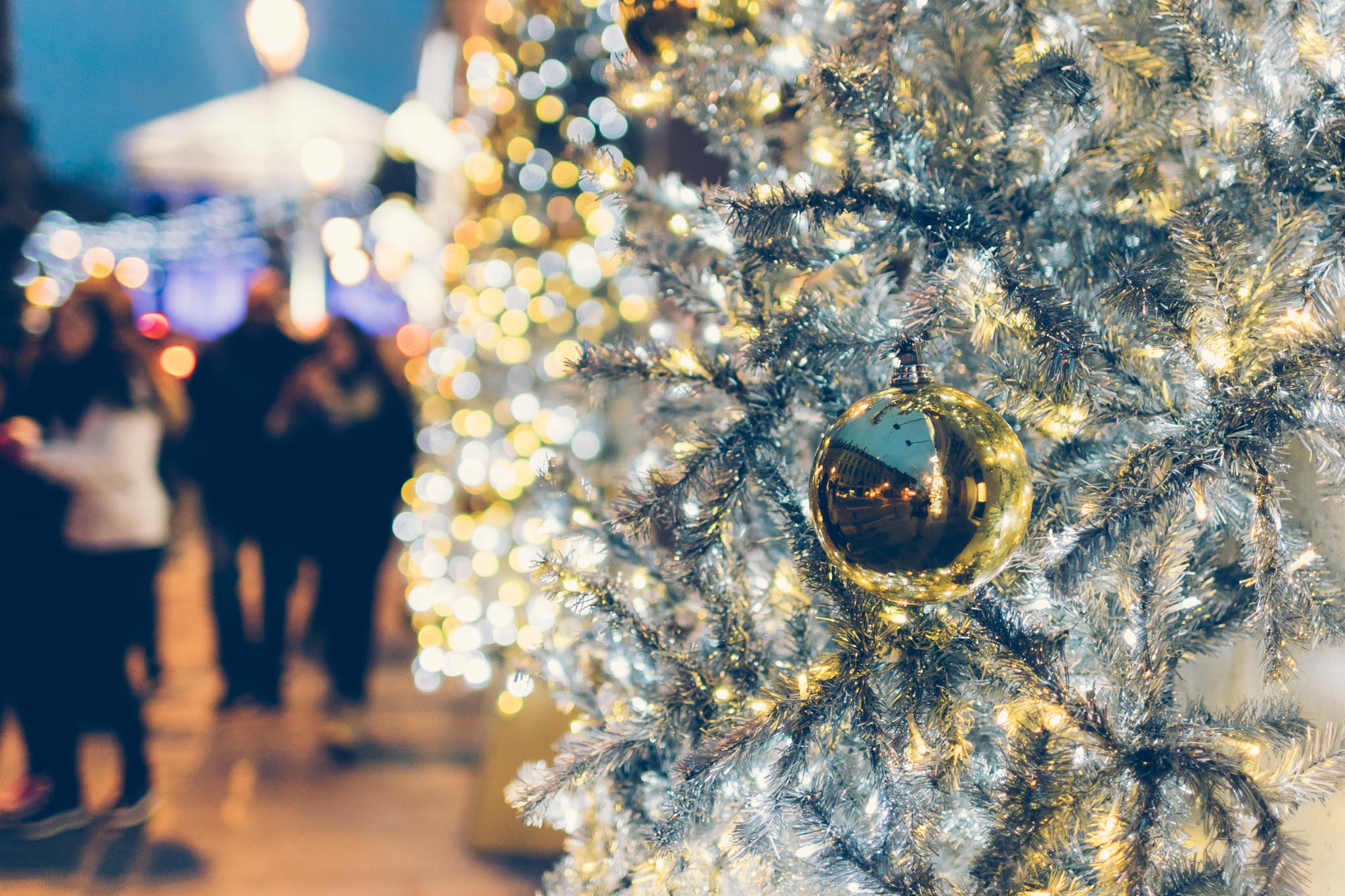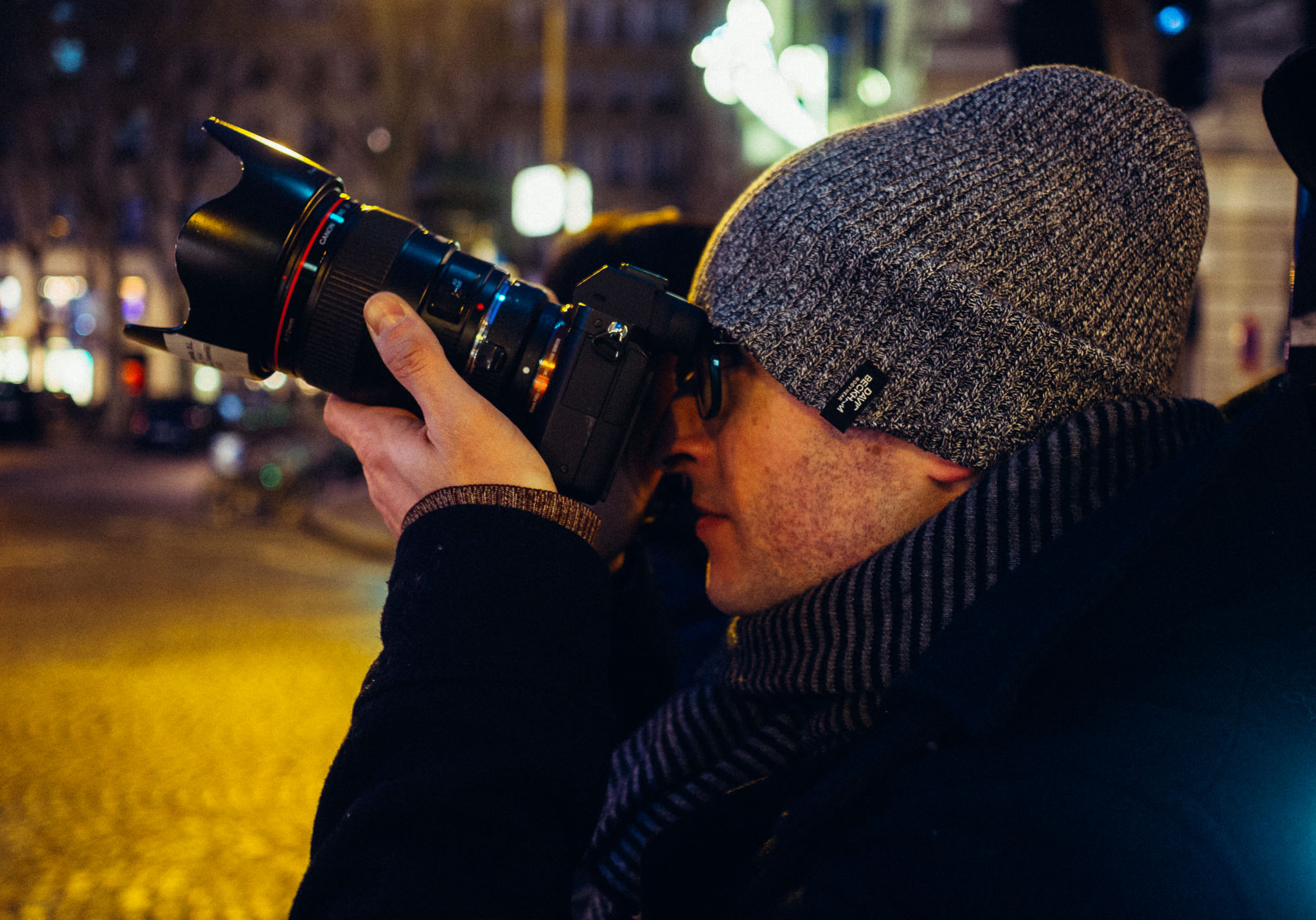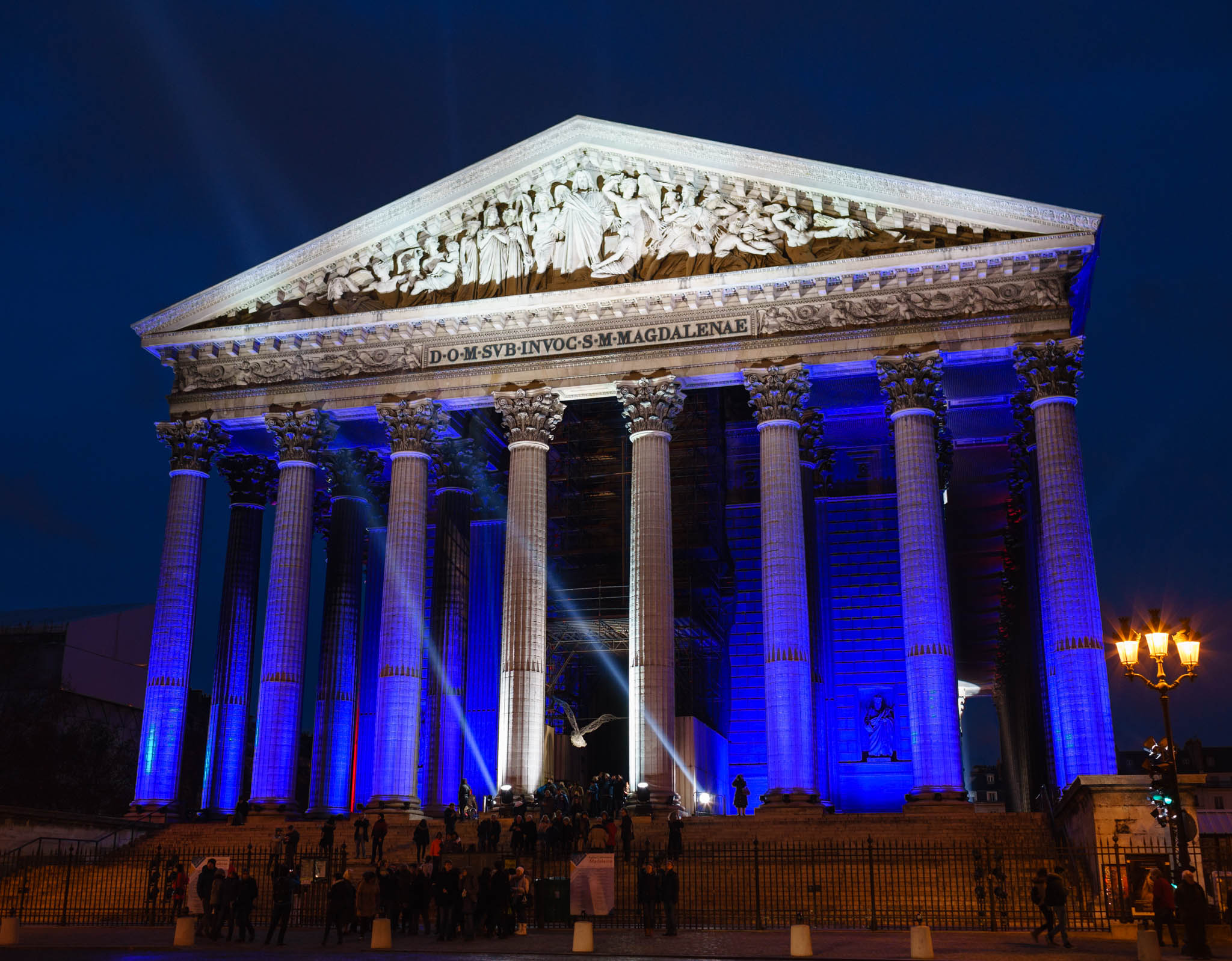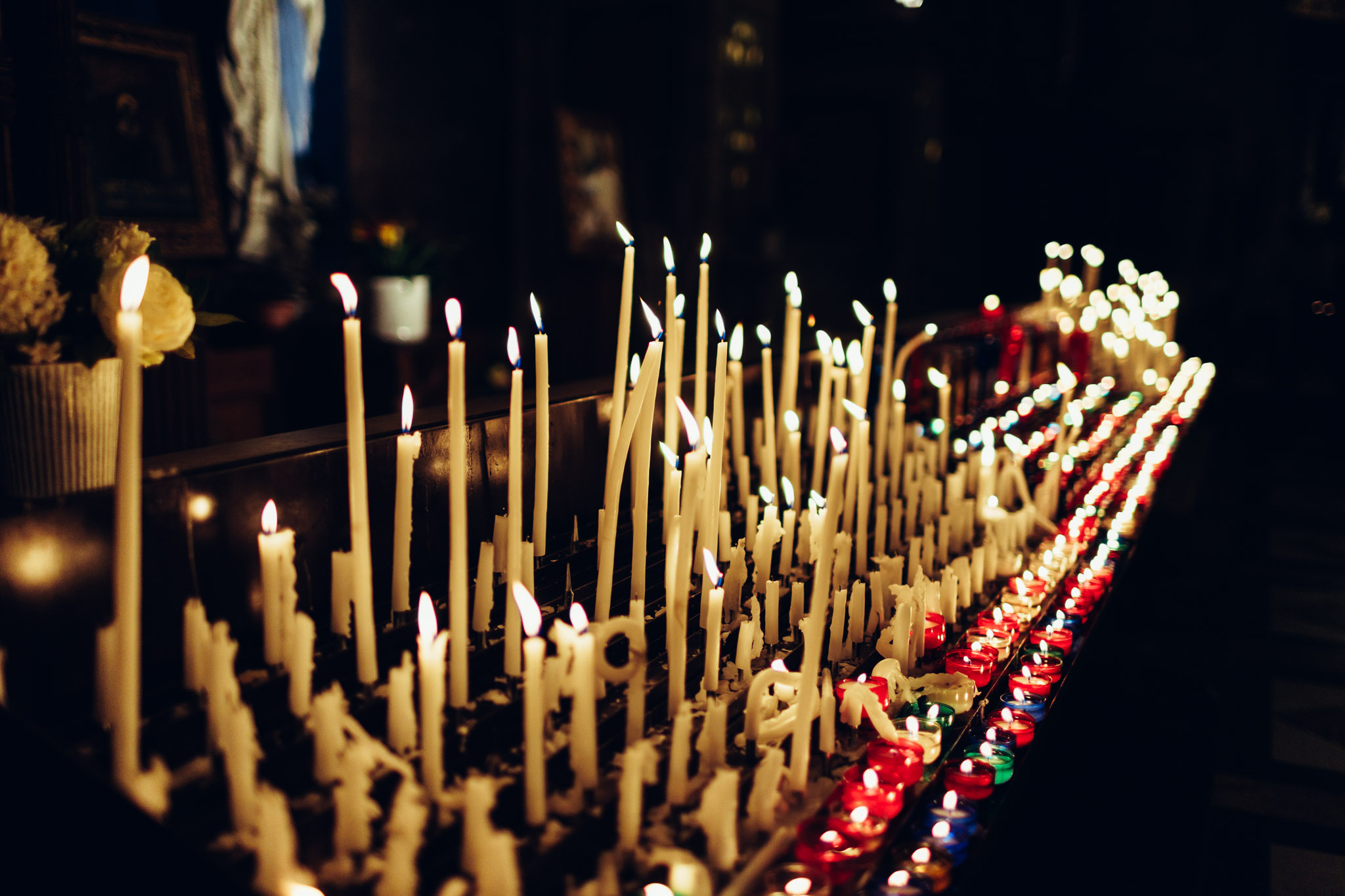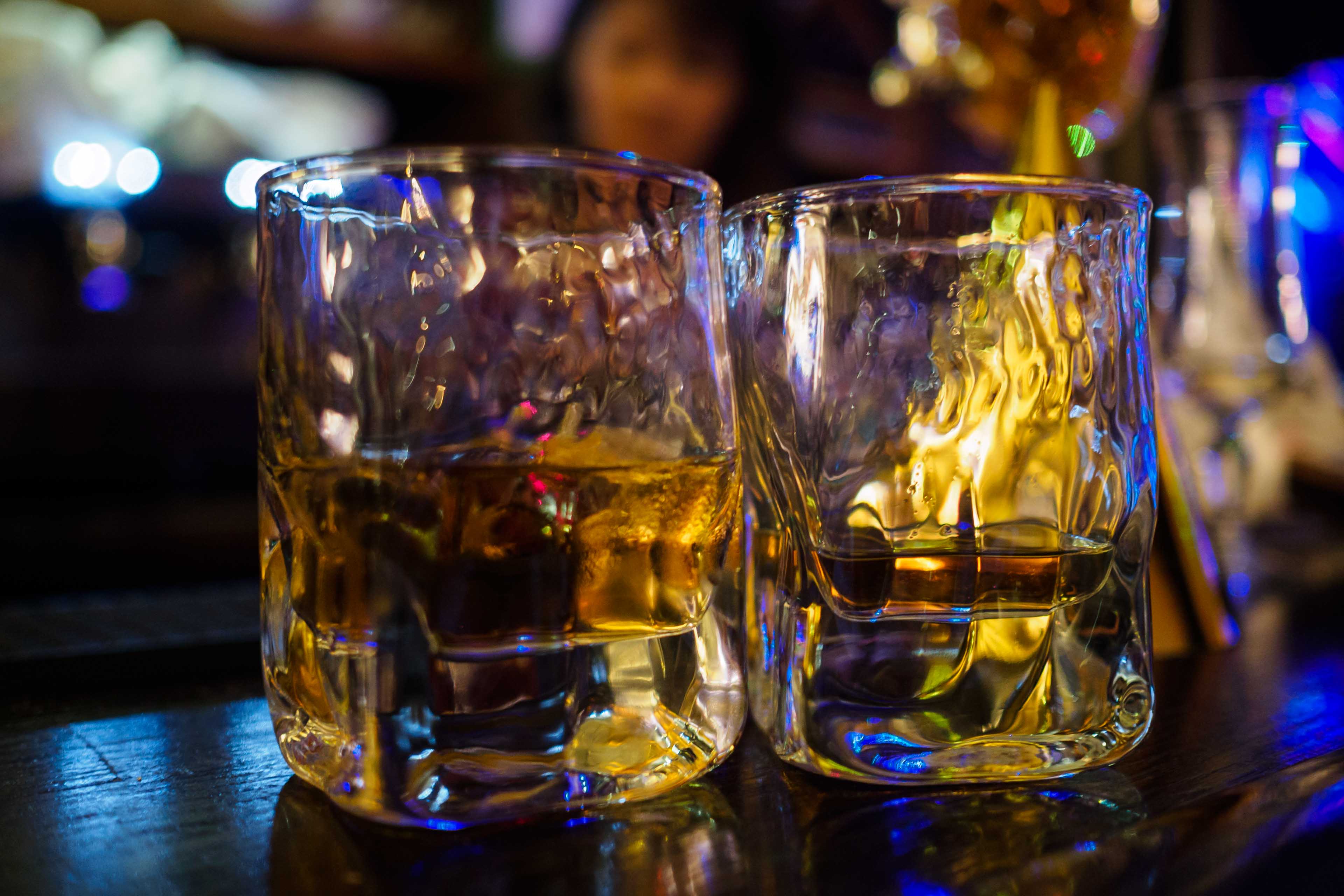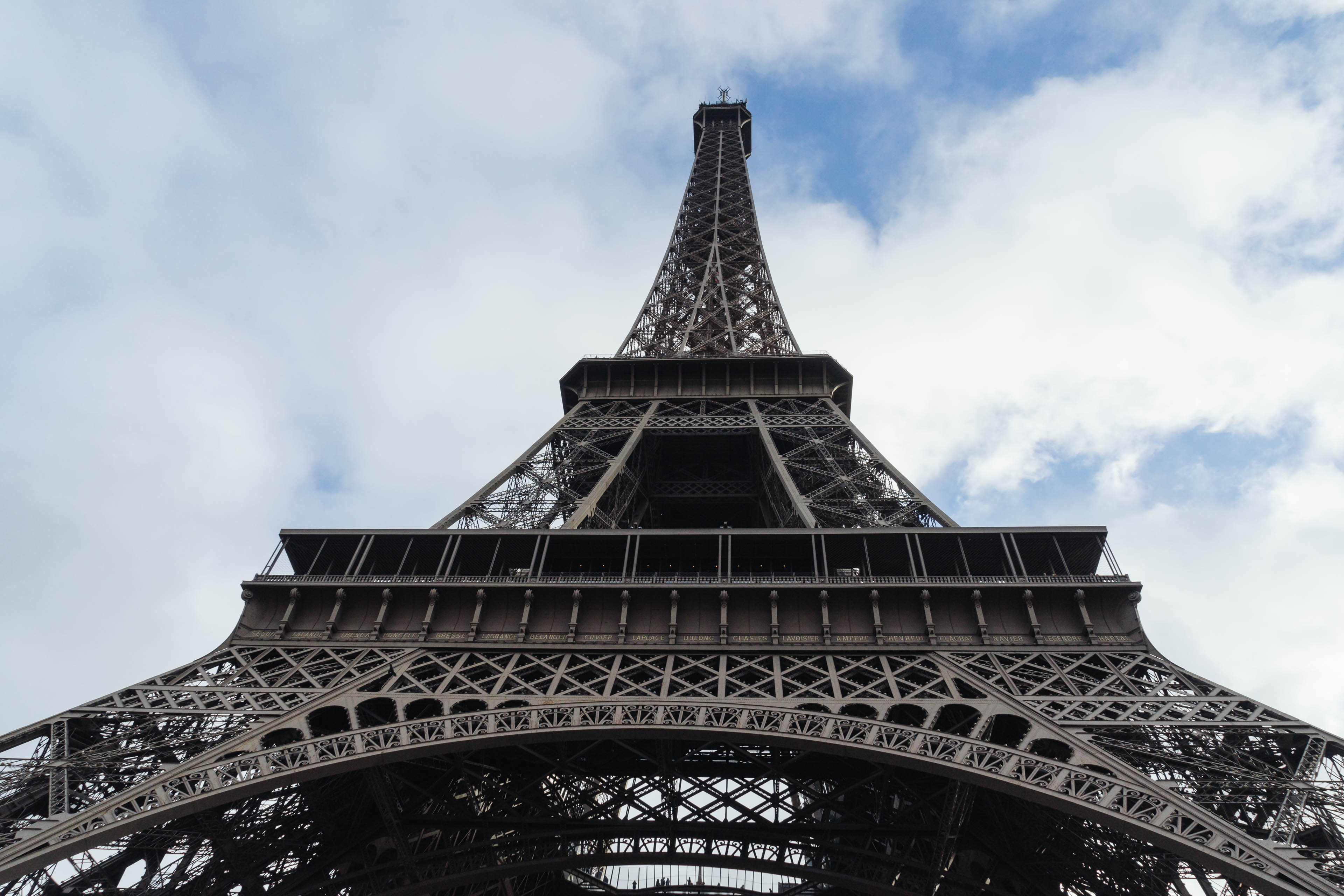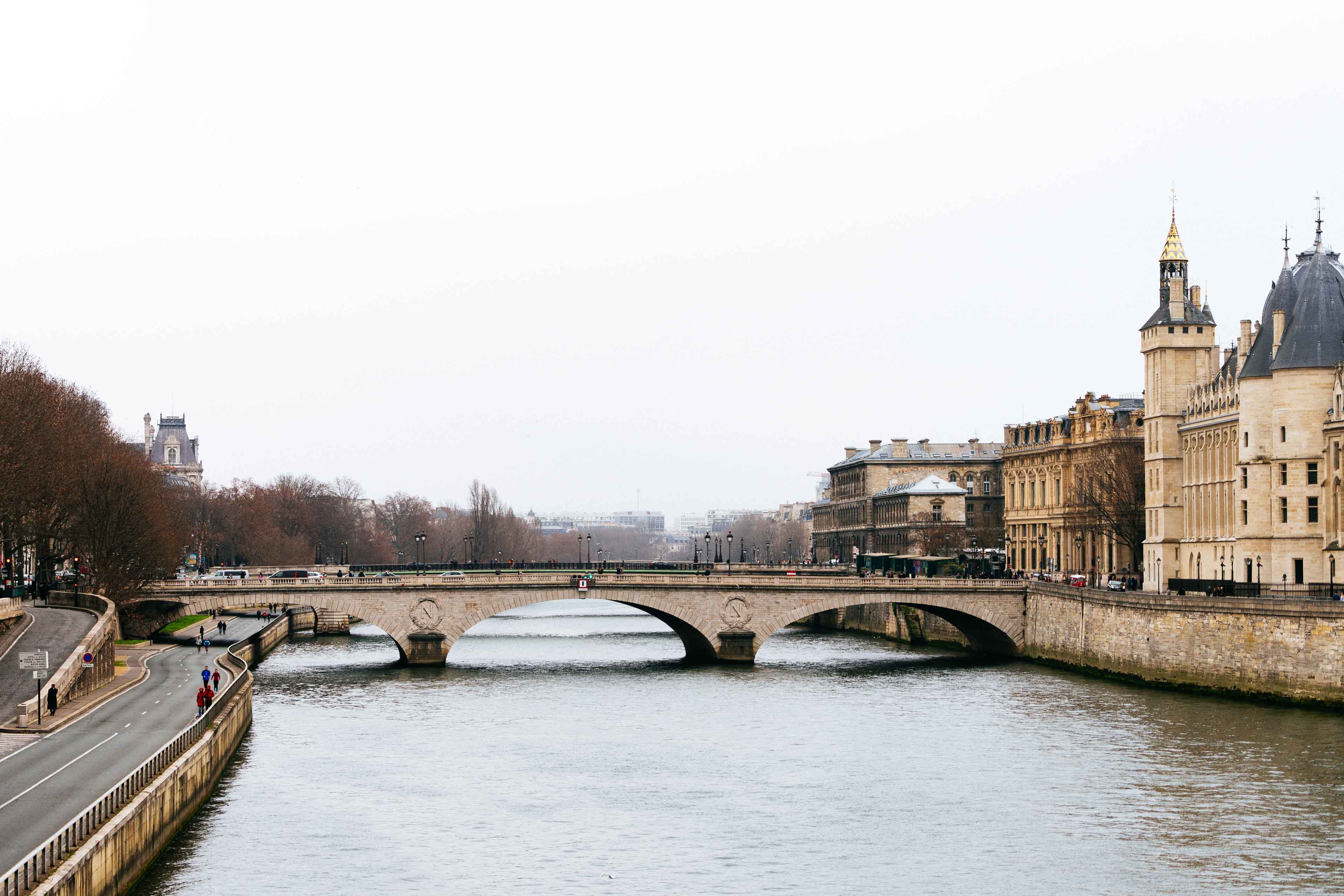
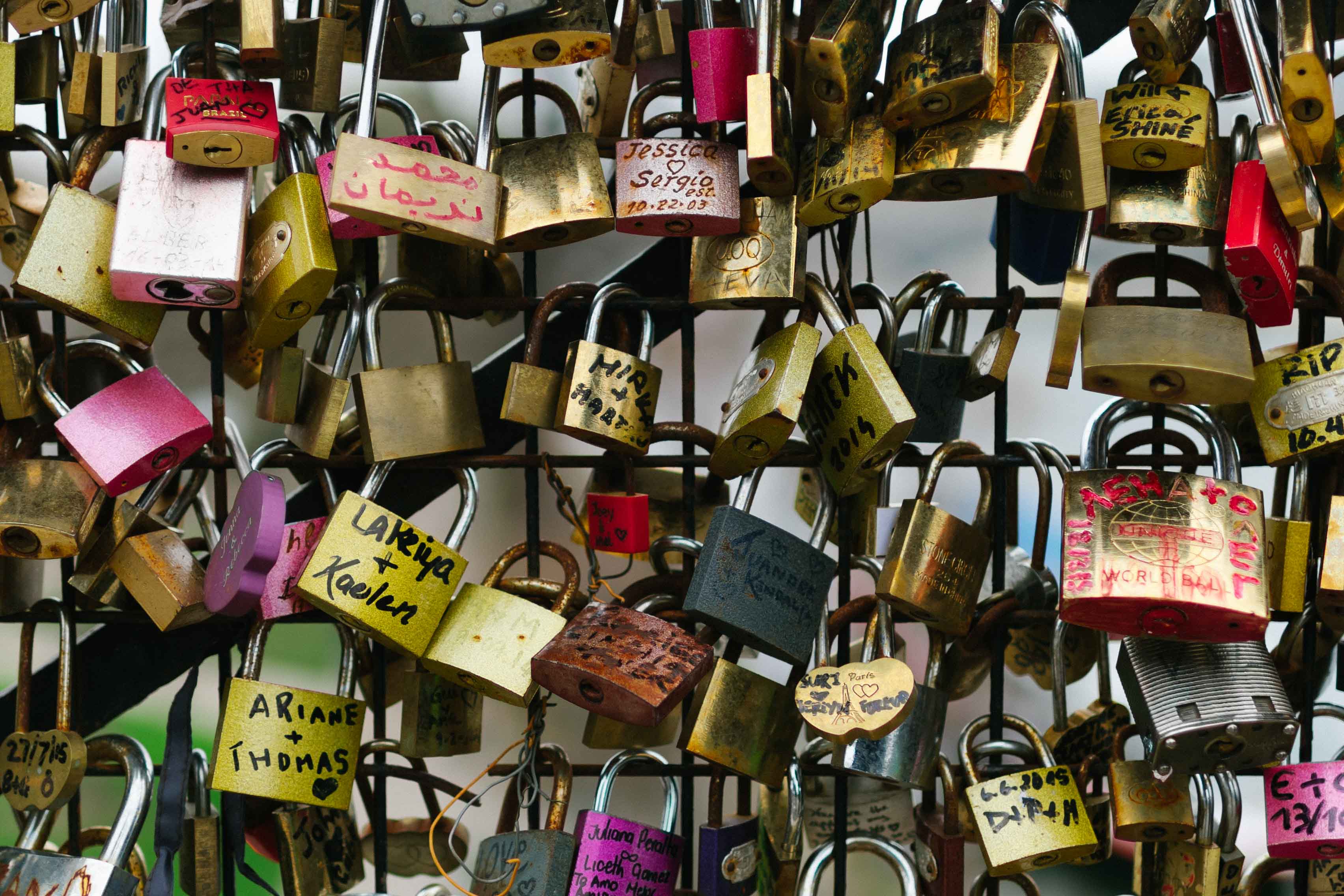
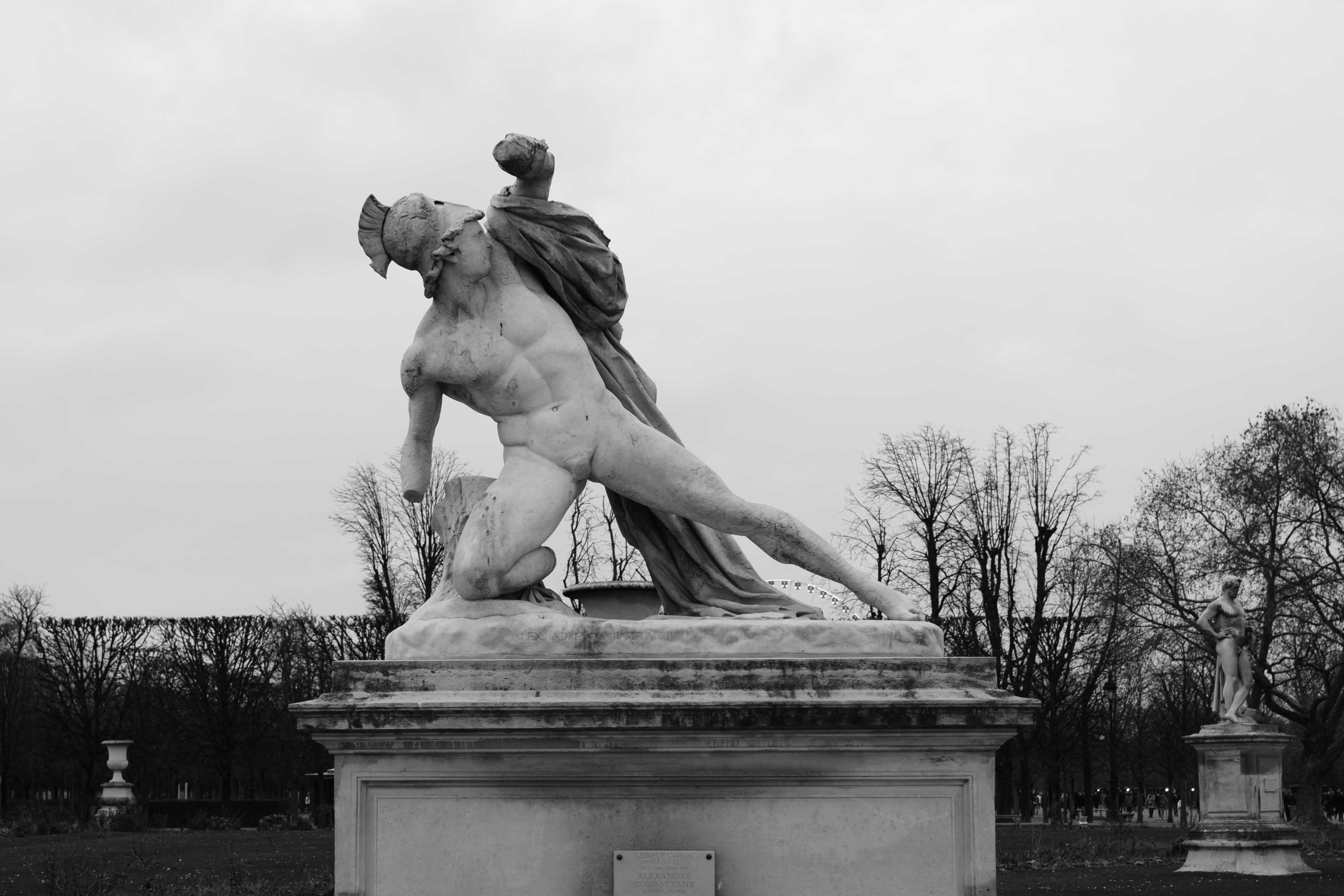
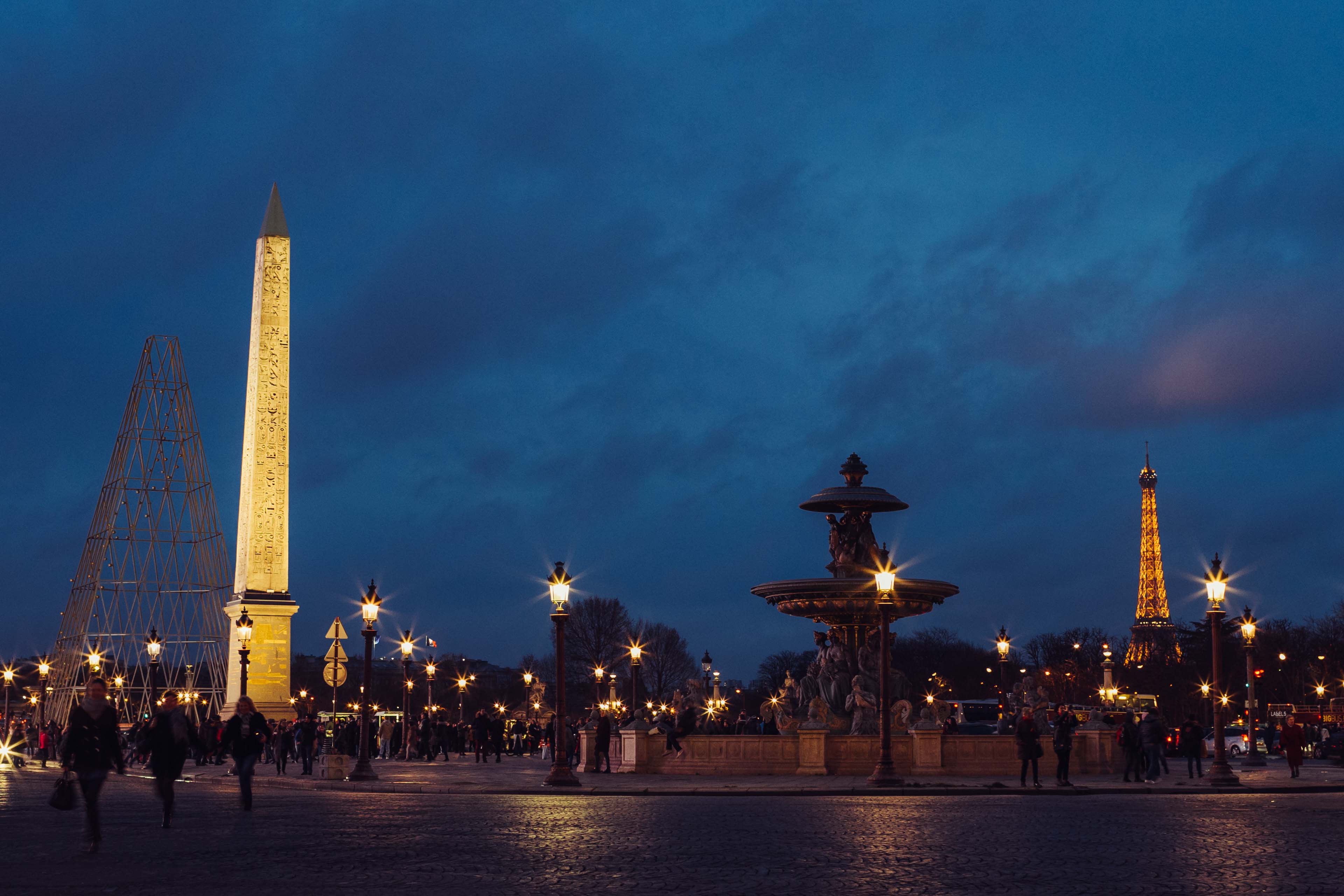
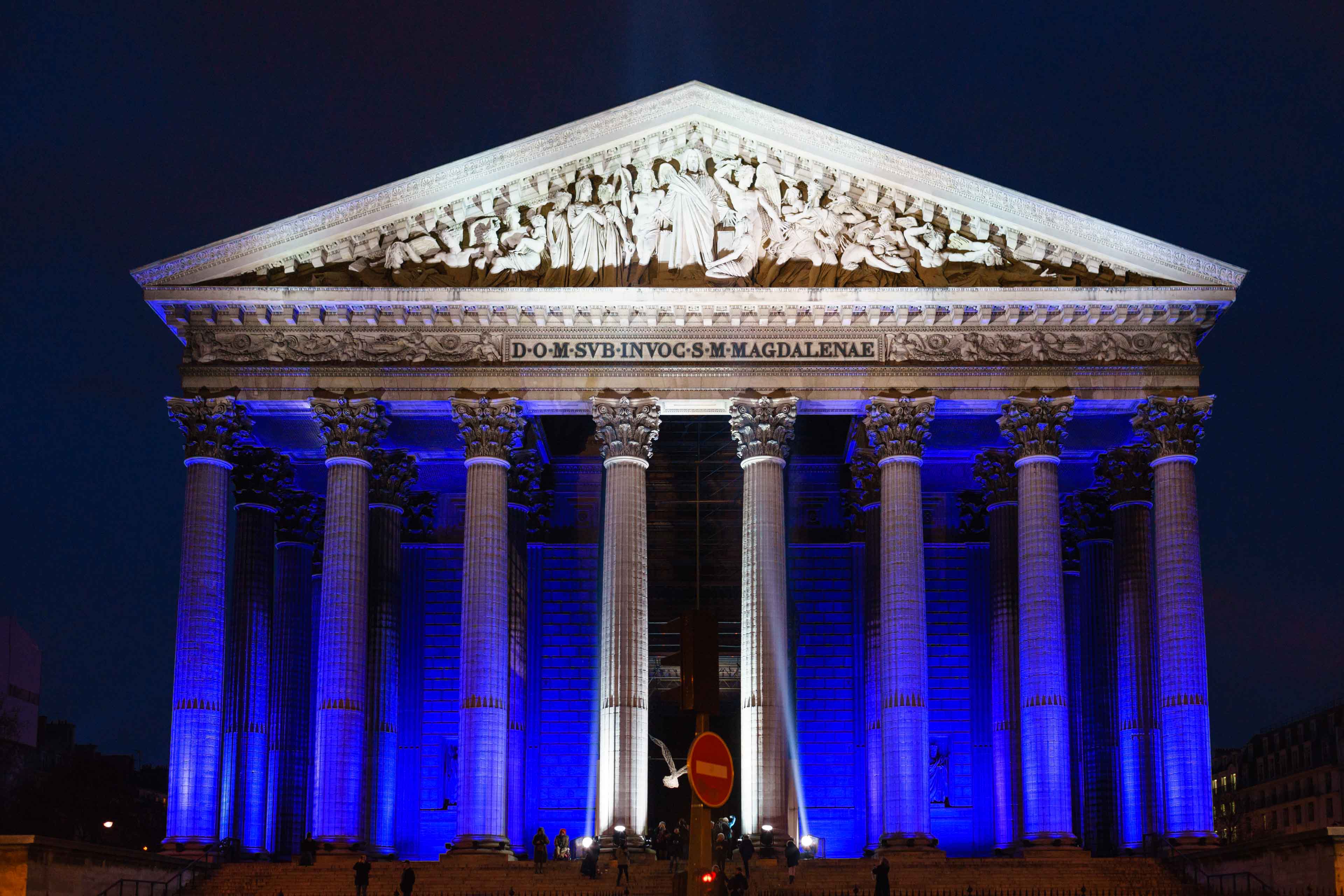
Paris 2016: Day Two
Day two started with an early morning breakfast in our hotel, after which I took a few minutes to put together my bag with all my camera gear. For this trip I brought the Sony α7 II with my three lenses — the 55 f/1.8, the 24-70mm f/4 and the 70-200mm f/4 — plus my trusty Olympus OM-D E-M10 with the Olympus 17mm f/1.8 lens as a backup body and as my dedicated night-time shooter.
However, if there’s a city that deserves to be gloriously photographed on film, it surely is Paris, so I also took my film Canon EOS 3 camera and a Canon EF 35mm f/1.4 L lens that I rented for the occasion. And since I was going to be taking this lens, I also brought a Commlite EF-NEX adapter in order to be able to use it on the α7 II, which proved to be an interesting experience, if a bit of a mixed bag overall.1
To round out the list of gear, I took the Capture Clip and the Cuff wrist strap, both by Peak Design, as well as my Manfrotto 209 + 492 Long tabletop tripod kit. These small accessories take up relatively little space inside the bag but provide a huge boost in versatility, so they’re a no-brainer in my mind.
I took a fair amount of gear with me for the trip, but hey, better to have and not need it, right? Right?
The bag itself is the Ona Brixton messenger bag in Antique Cognac leather. It’s a gorgeous-looking bag, no doubt, but it proved to be too heavy to carry so much gear, and my shoulders and lower back were killing me towards the end of each day. If there was ever any doubt, this trip definitively taught me that if you need to carry lots of heavy stuff for an extended period of time, nothing can beat the ergonomics of a good backpack.
As for the film, even though I brought 12 rolls with me — six color and six black and white — the bad weather proved to be problematic. I didn’t want to risk getting the Canon lens wet because it’s famously not weather sealed — one of only a few Canon L lenses that aren’t — so there were times when I had to leave the film camera in the bag. In the end I only shot one roll of Fuji 400H, one of Kodak Portra 160, and one of Kodak Portra 400.2
♢
Once everything was properly packed, we headed out to visit the nearby Pont Neuf and spent a while photographing the remaining Love Locks on the other end of the bridge. These famously used to be located on Pont Des Arts, but were removed in 2010 and have since popped up on many other Paris bridges, including Pont Neuf. They are indeed a beautiful sight, and a symbol many people associate with the city of Paris.
We then continued walking along Île de la Cité, encountering some cute street shops and beautiful cafés, and eventually arriving at Cathédrale de Notre-Dame de Paris.
Unfortunately, I happen to be allergic to tourists, and that day they seemed to be out in full force, so we didn’t linger and instead crossed another bridge out of Île de la Cité and ventured into the Latin Quartier for a much-needed lunch break.
It’s a universally accepted truth that the world is a happier place on a full stomach, so once we replenished our energies we were ready to leave the Latin Quartier and walk back towards Musée du Louvre, where we spent a good portion of the afternoon.
The Louvre is so enormous that it didn’t really make sense for us to waste an entire day out of three to visit only a part of the interior. Instead we just walked around the Pyramide du Louvre, went down to see the underground Carrousel shopping mall — which was sadly closed, Apple Store and all — walked around the Arc de Triomphe du Carrousel, and so on.
Paris is a city filled with huge open spaces that really make an impression, especially if you’re not used to that type or urban landscape. Such vast openness gives you a pretty good idea of the gigantic scale of the city, and makes you appreciate the colossal effort it must have taken to build.
We tried to breathe in the atmosphere of the place as much as possible, and then we continued walking along the Jardin des Tuileries up to Place de la Concorde. This is a beautiful walk, and I wish we had been a bit luckier with the weather, because the overcast day and cold temperatures were not exactly encouraging us to stay outside. Fortunately, there were plenty of interesting photo opportunities along the way.
A while later we reached the Grande Roue de Paris, a giant ferris wheel that is erected in Place de la Concorde every year for Christmas and which gives the city an unmistakeable holiday vibe.
By now it was getting darker and we were also getting a bit tired ourselves, so we headed out of Place de la Concorde and walked along Rue Royale until our final destination of the day: L’église de la Madeleine.
Religious inclinations aside, La Madeleine is an awe-inspiring structure. Erected in the middle of a spacious square, it proudly stands tall for everyone to see. Luckily, there was no line to get inside, so we managed to visit the interior for a few minutes before calling it a day and going back to the hotel.
After such a long day and considering we had been up quite late the previous night, it will come as no surprise that by this point we were totally exhausted, so instead of walking to the hotel, we grabbed a couple of bicycles from the Velib’ public system and that way we managed to make it back in just a few minutes.
That night we grabbed a quick bite near the hotel and then crashed into bed quite early in order to rest as much as possible for the next day.
More from this photo story
-
Unfortunately, AF is pretty unreliable with this lens, even in good light, so I spent about 90% of my time using it in MF mode. I was honestly expecting AF performance to be significantly better with this adapter. Alas, that was not the case for me at all. Suffice it to say, I’ve already sent the adapter back to Amazon.↩
-
These are three high-quality film stocks, and for the first time ever I had them processed and scanned by a professional film lab. I’m quite happy with the results, but if I’m being 100% honest, I’m not seeing a big enough quality difference to justify the extra cost, so in all likelihood I will continue to scan my film rolls at home for the foreseeable future.↩
